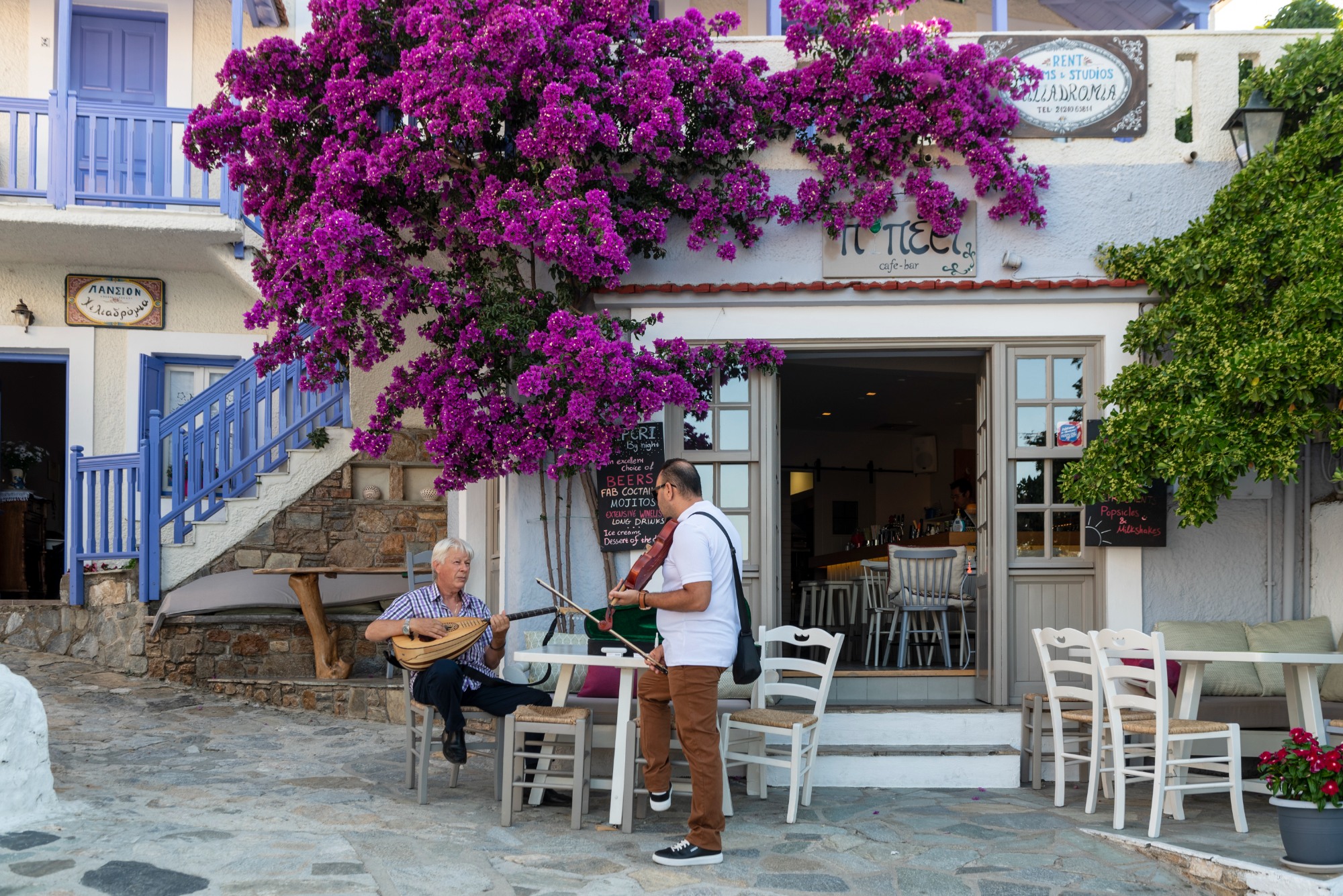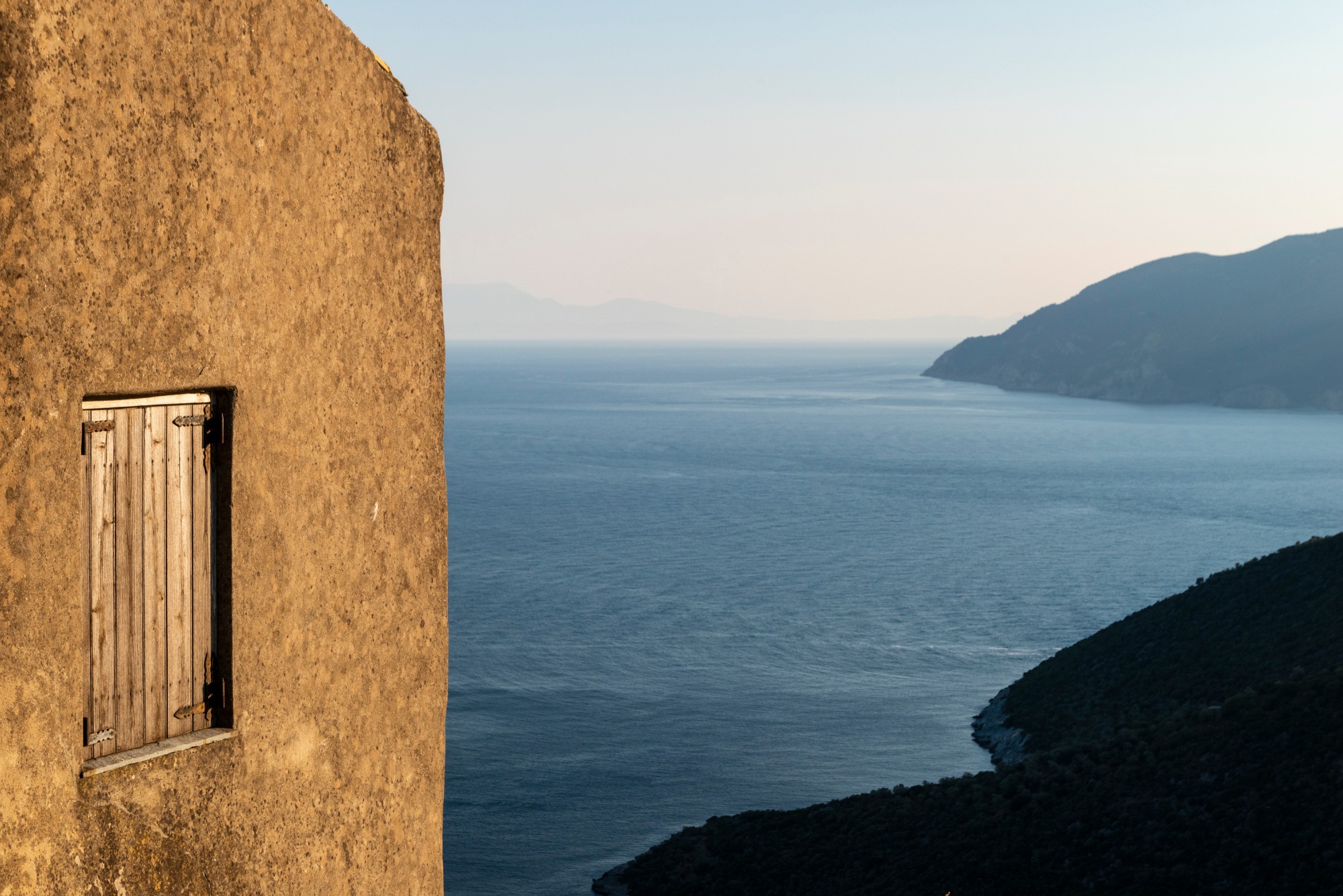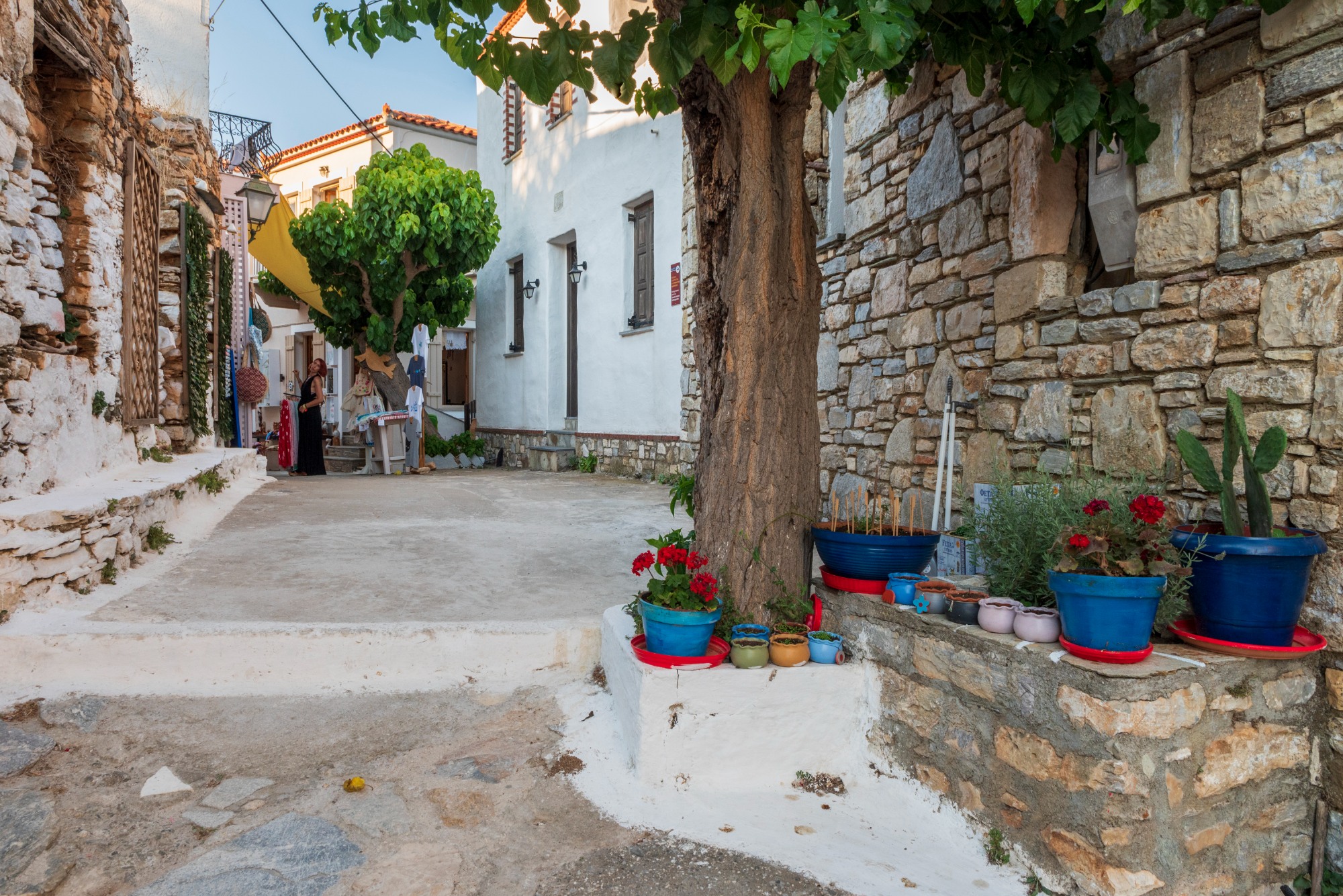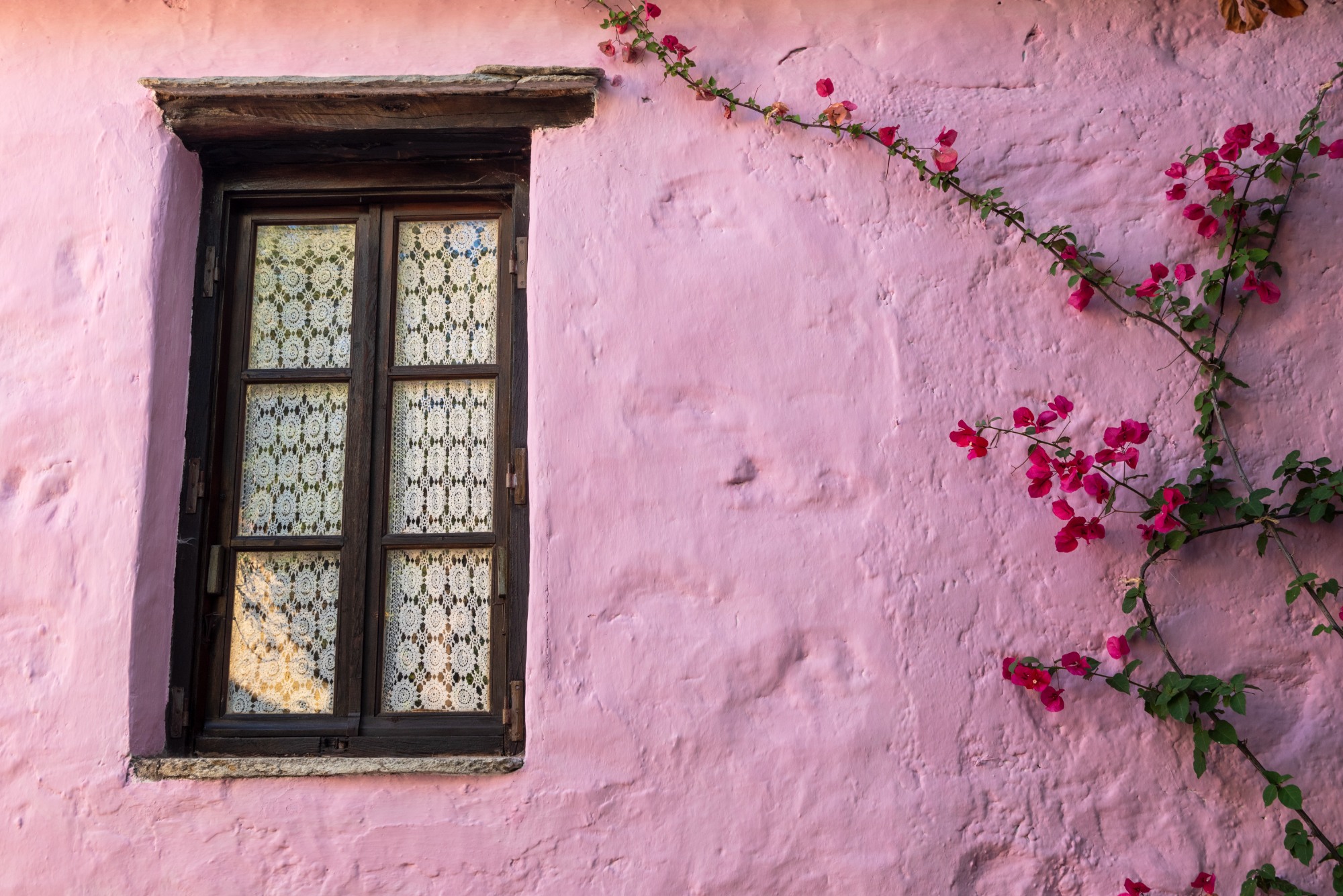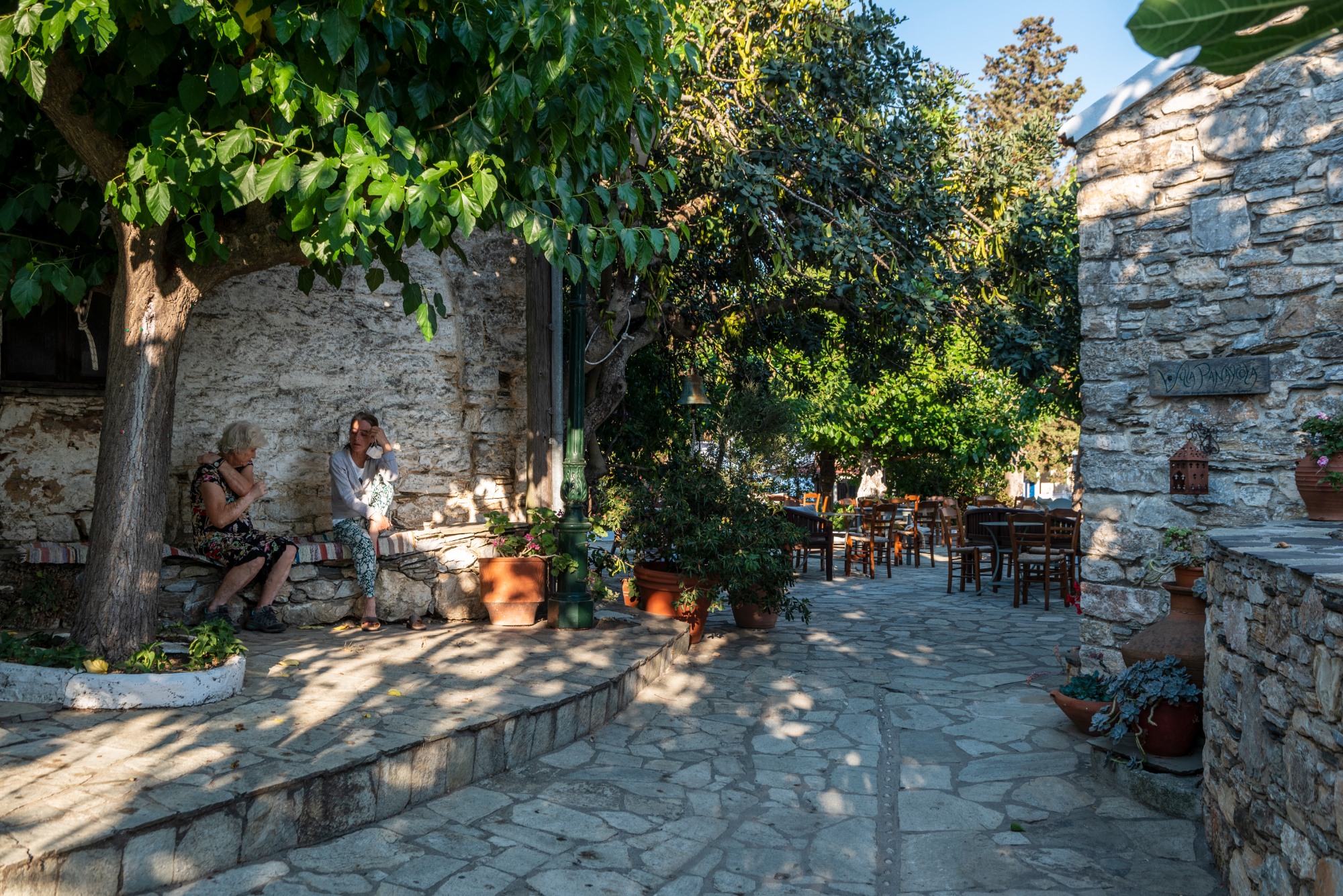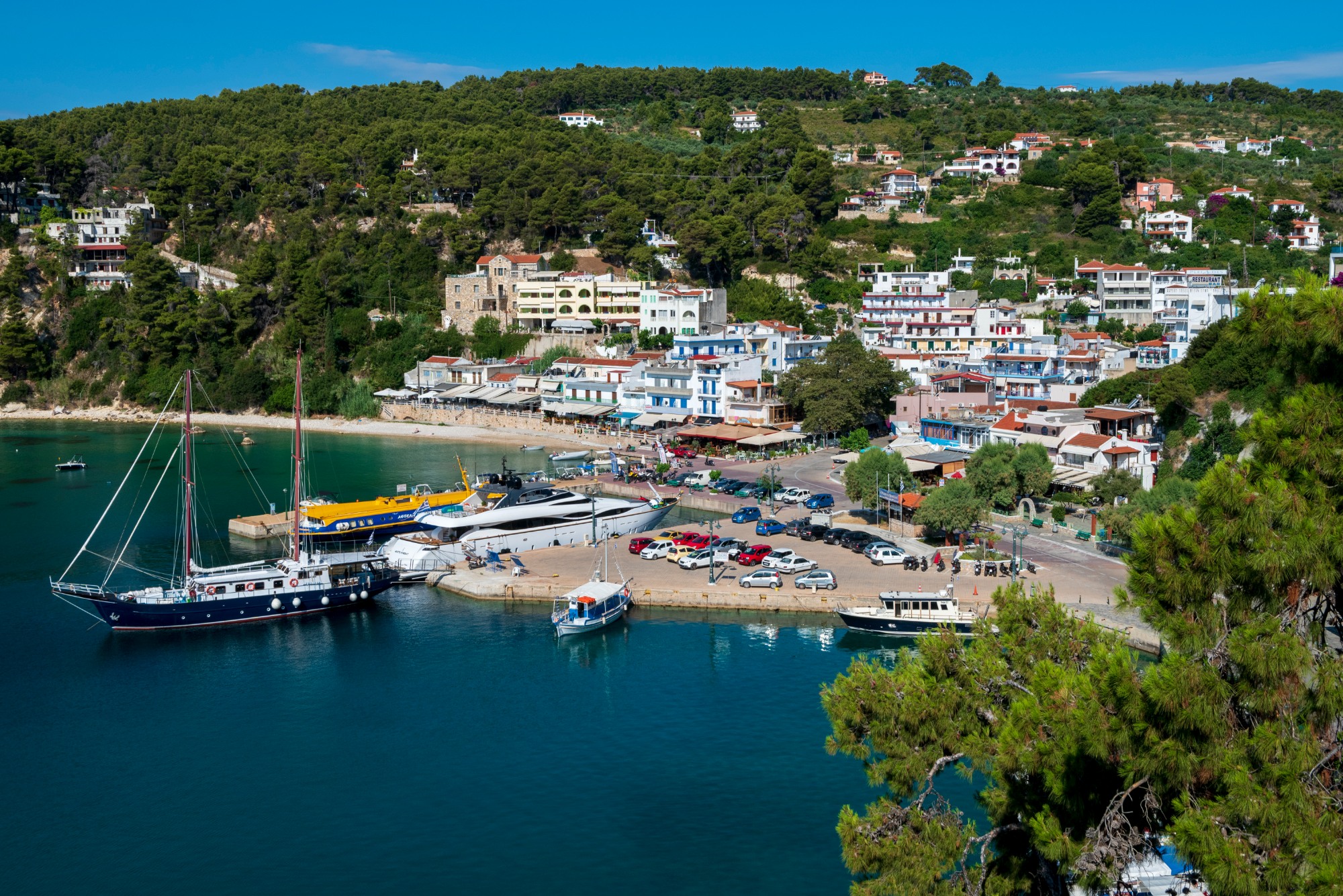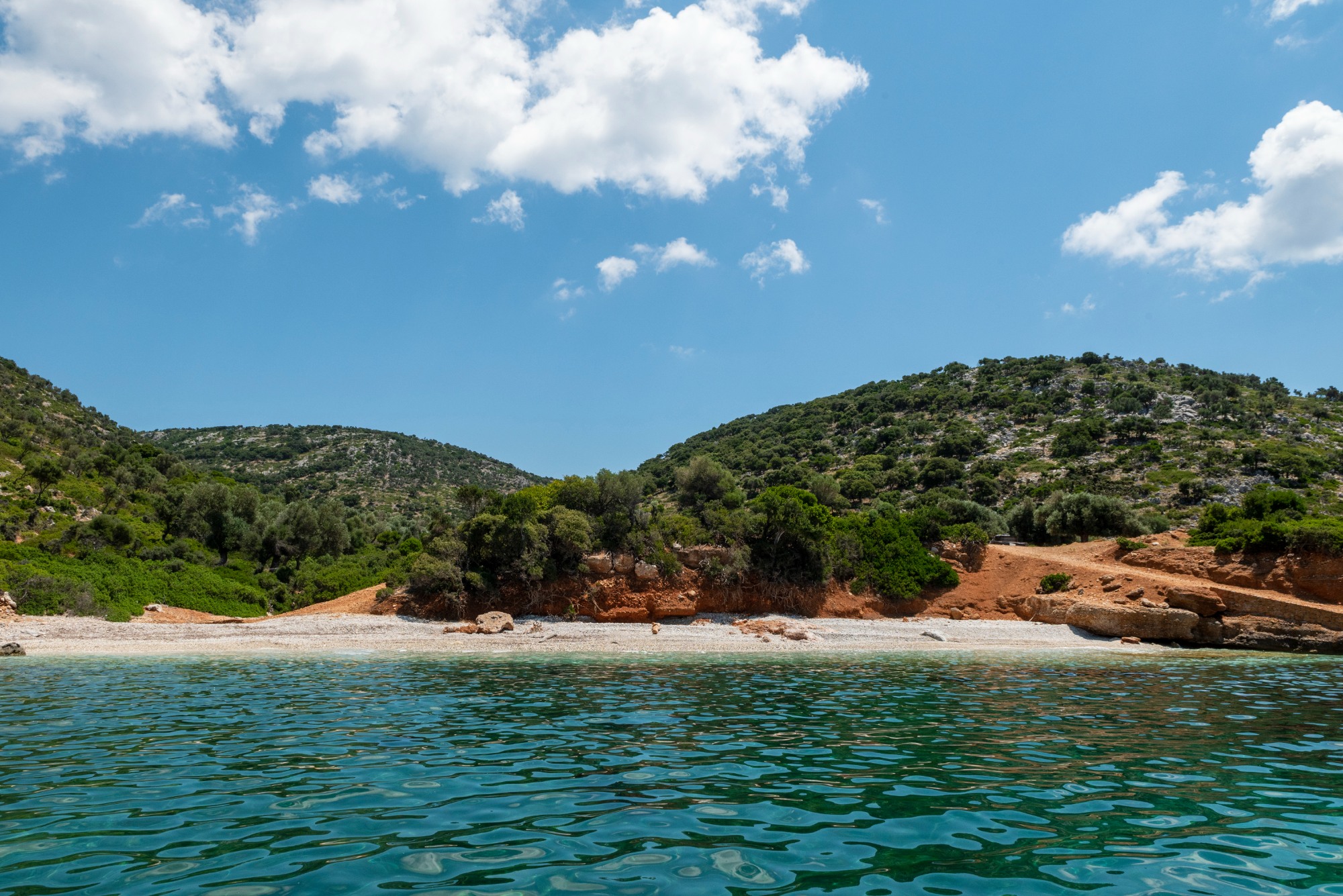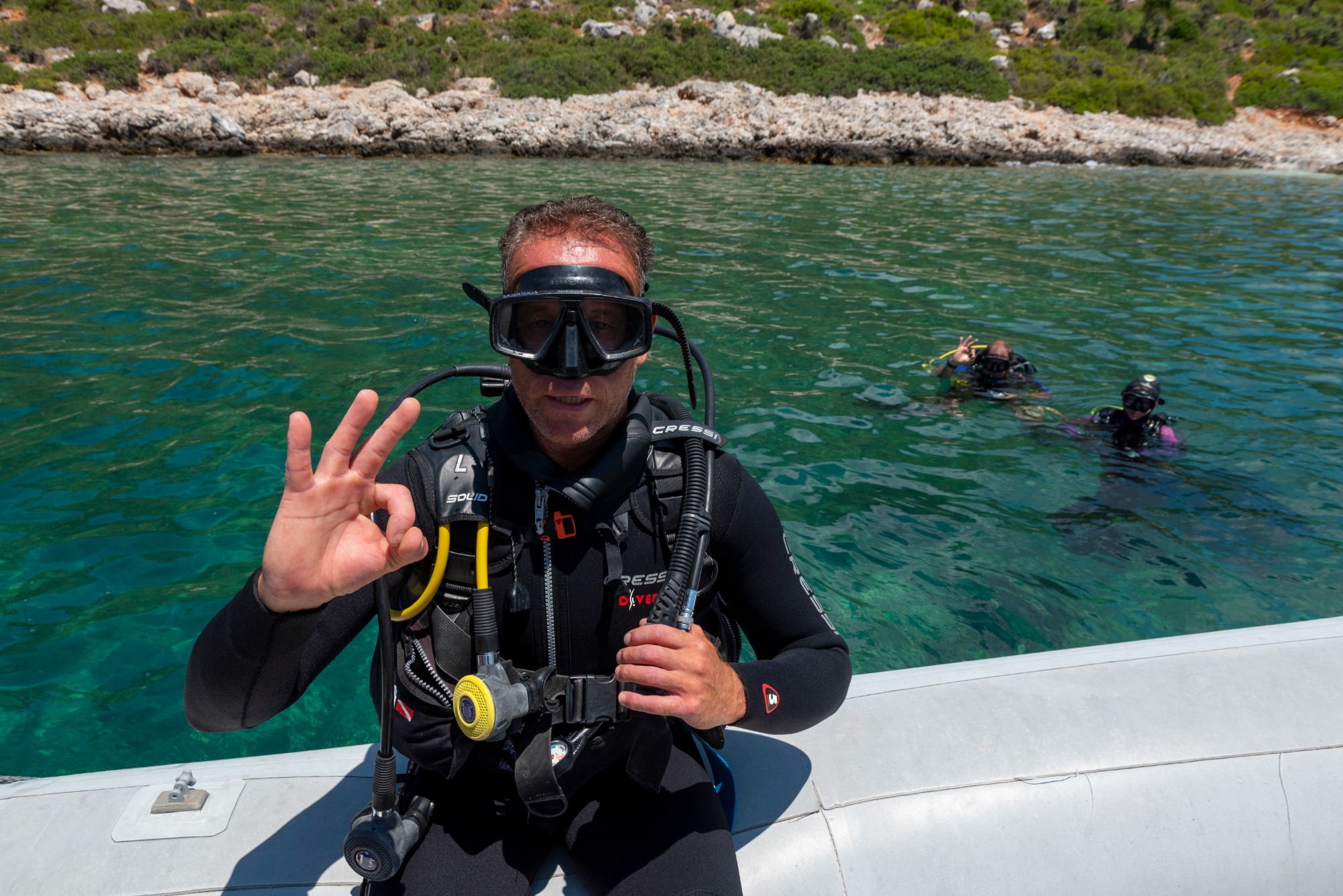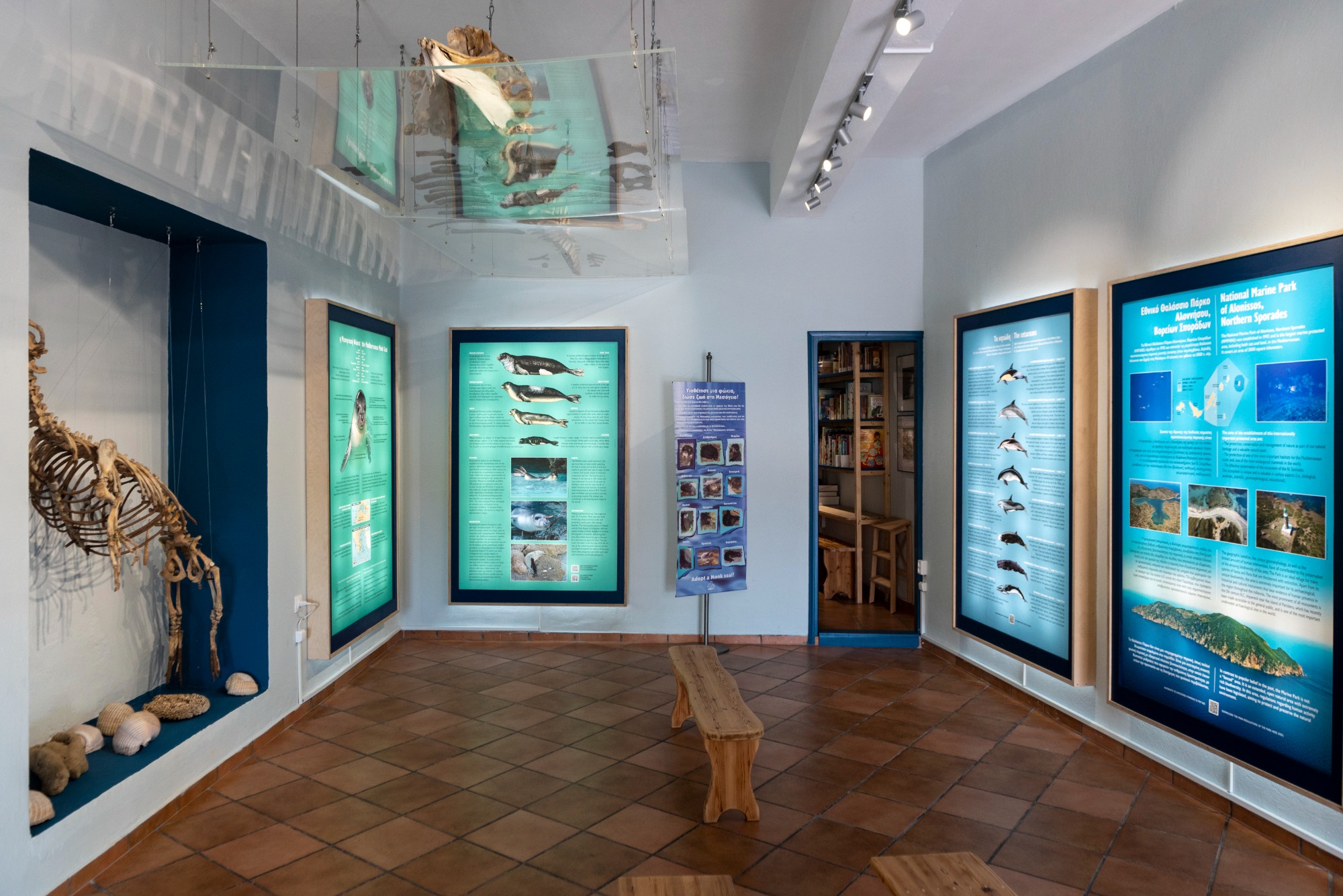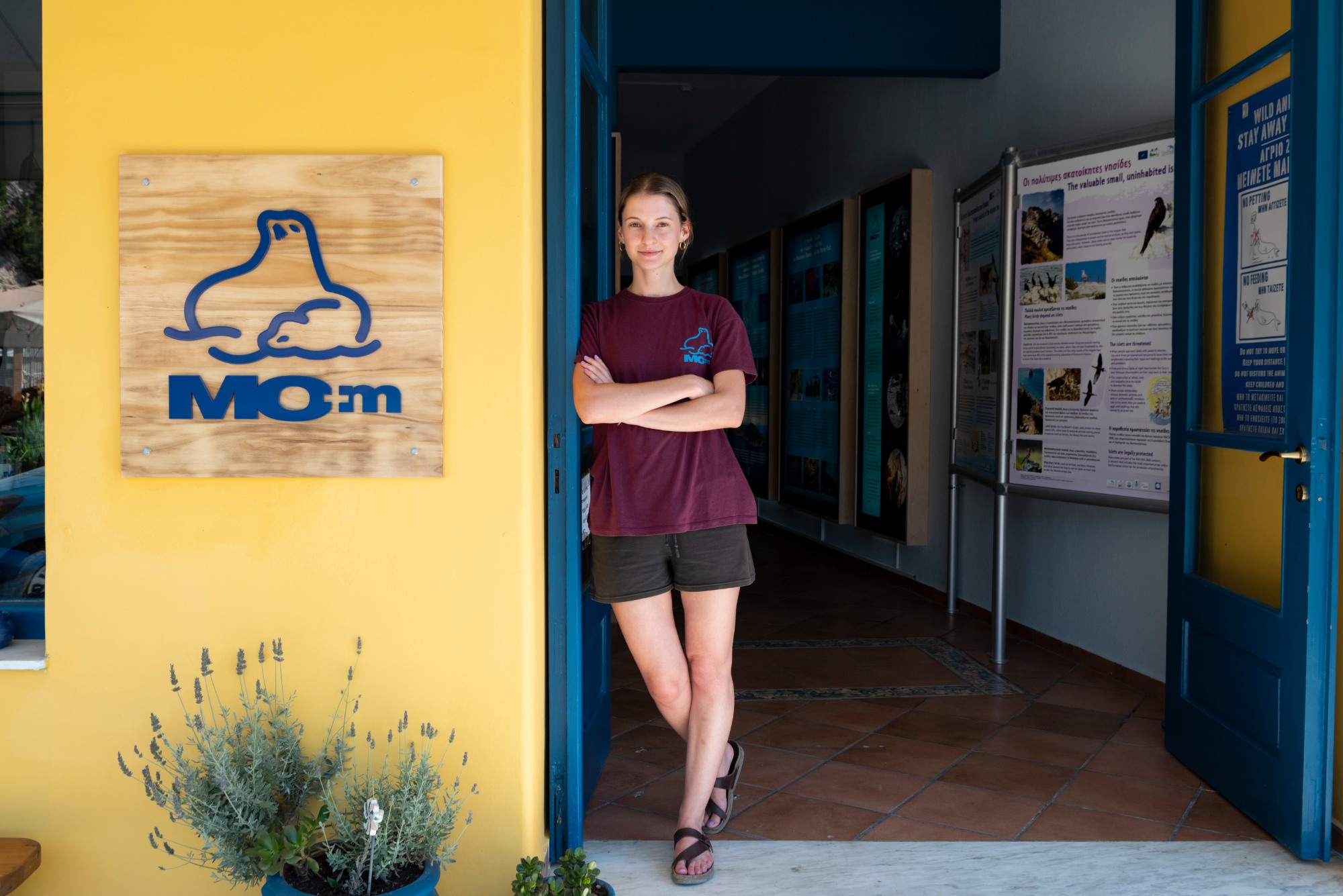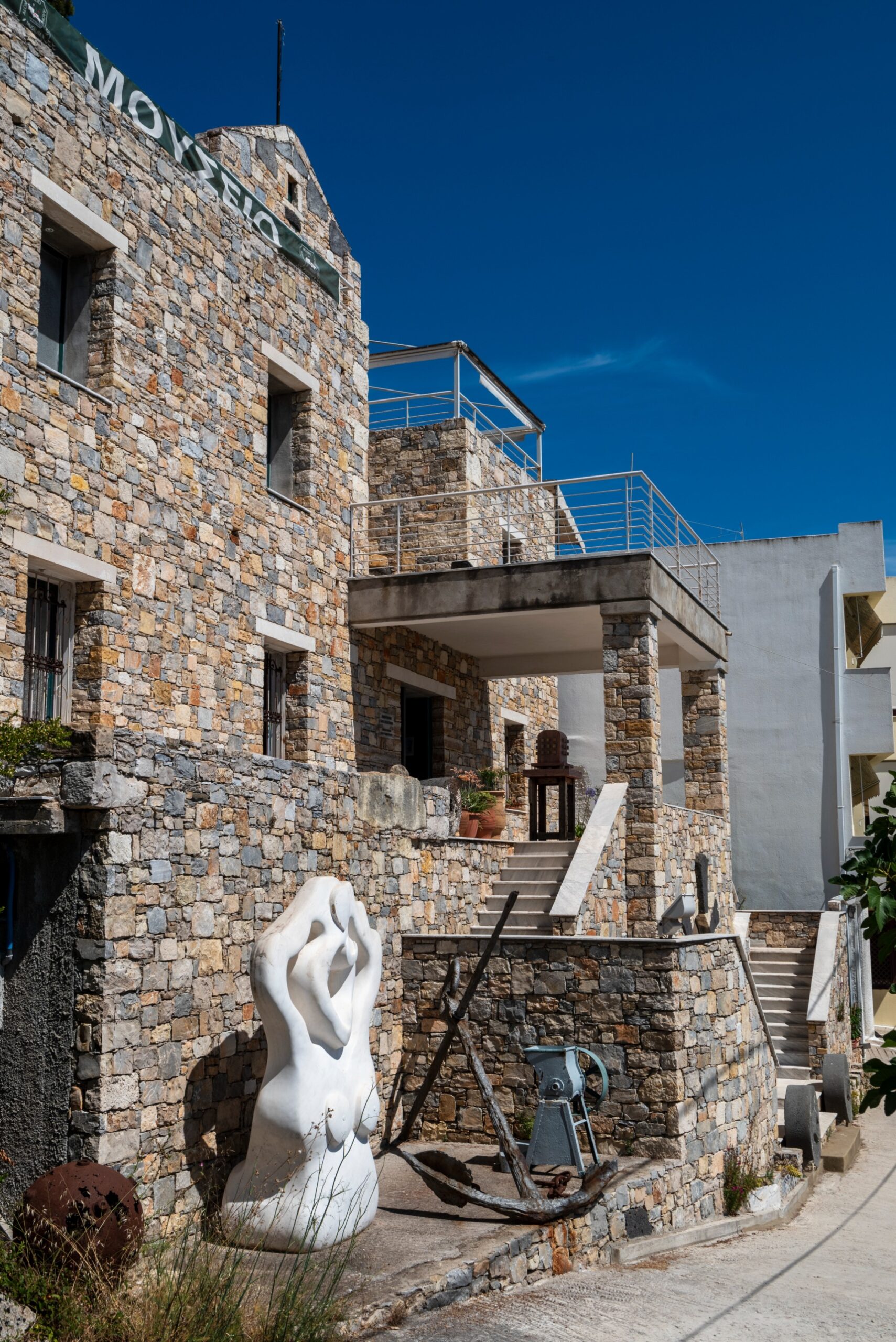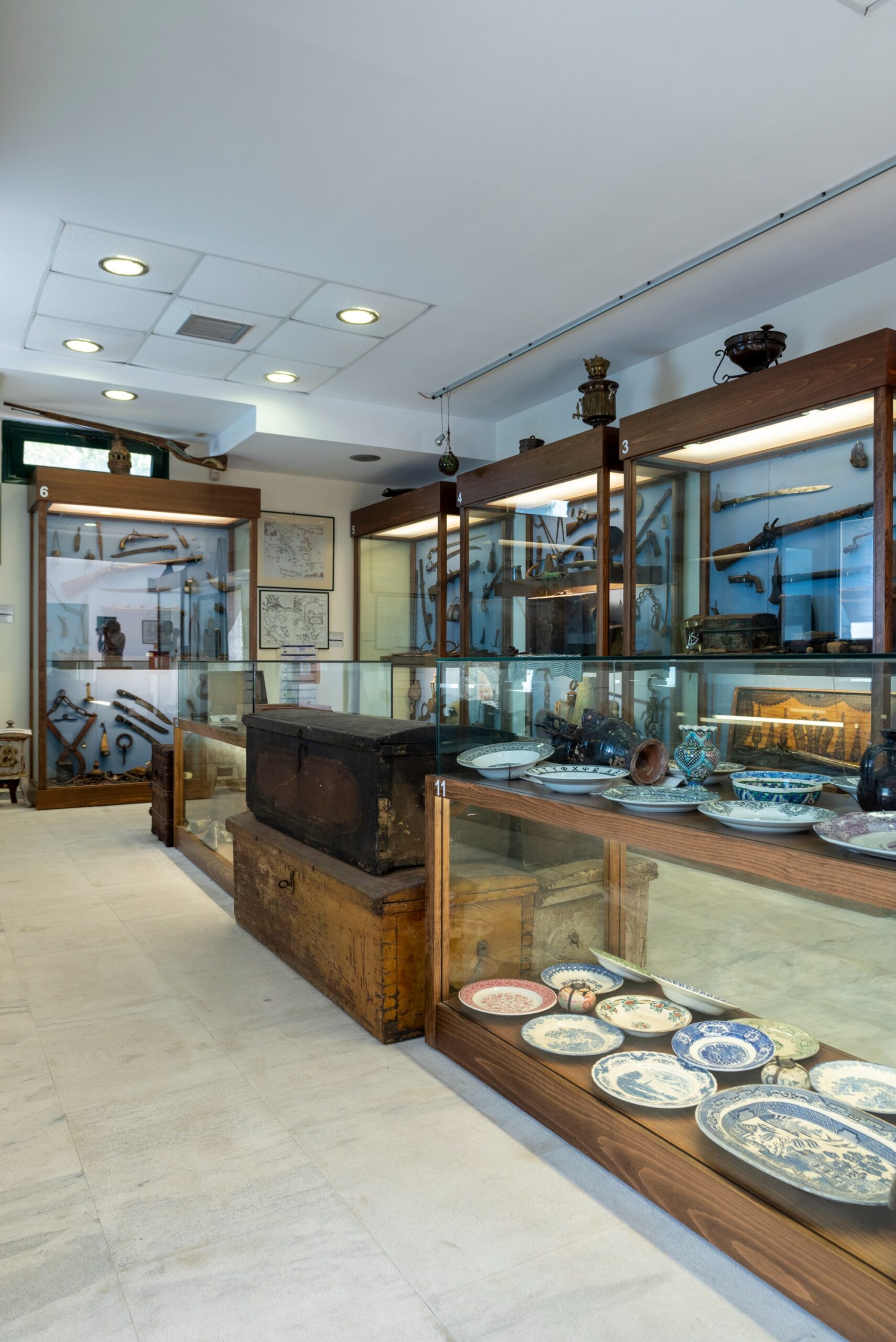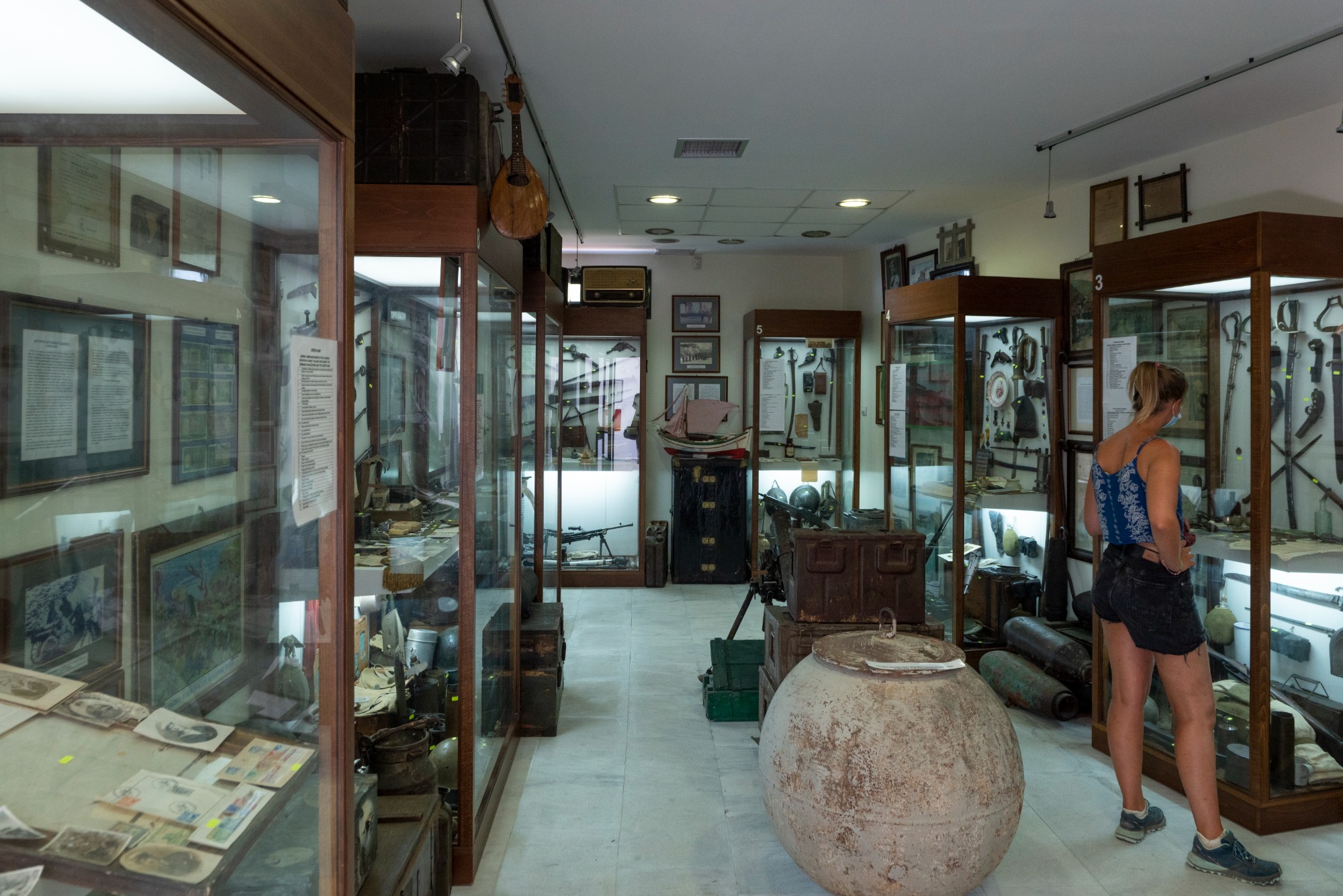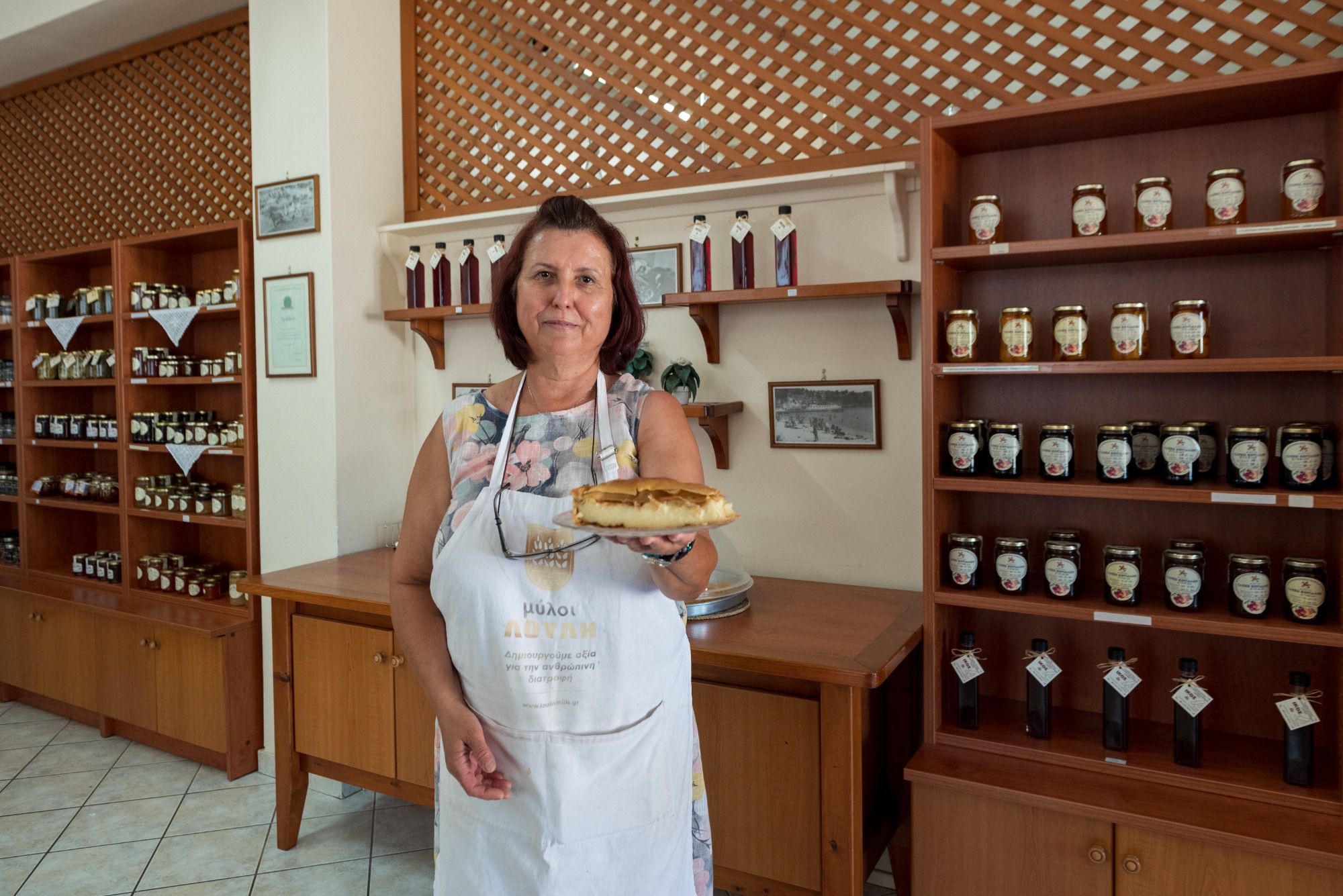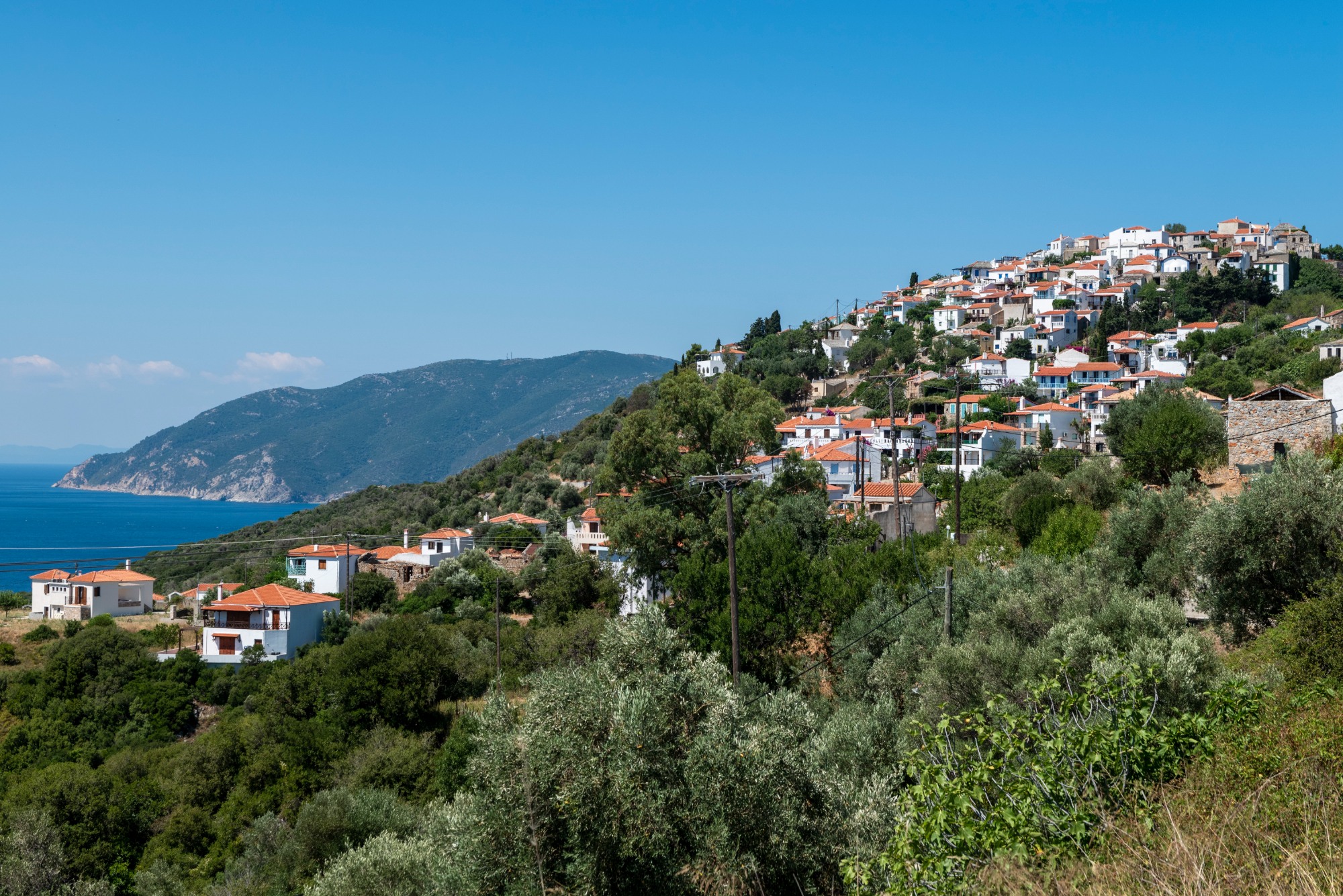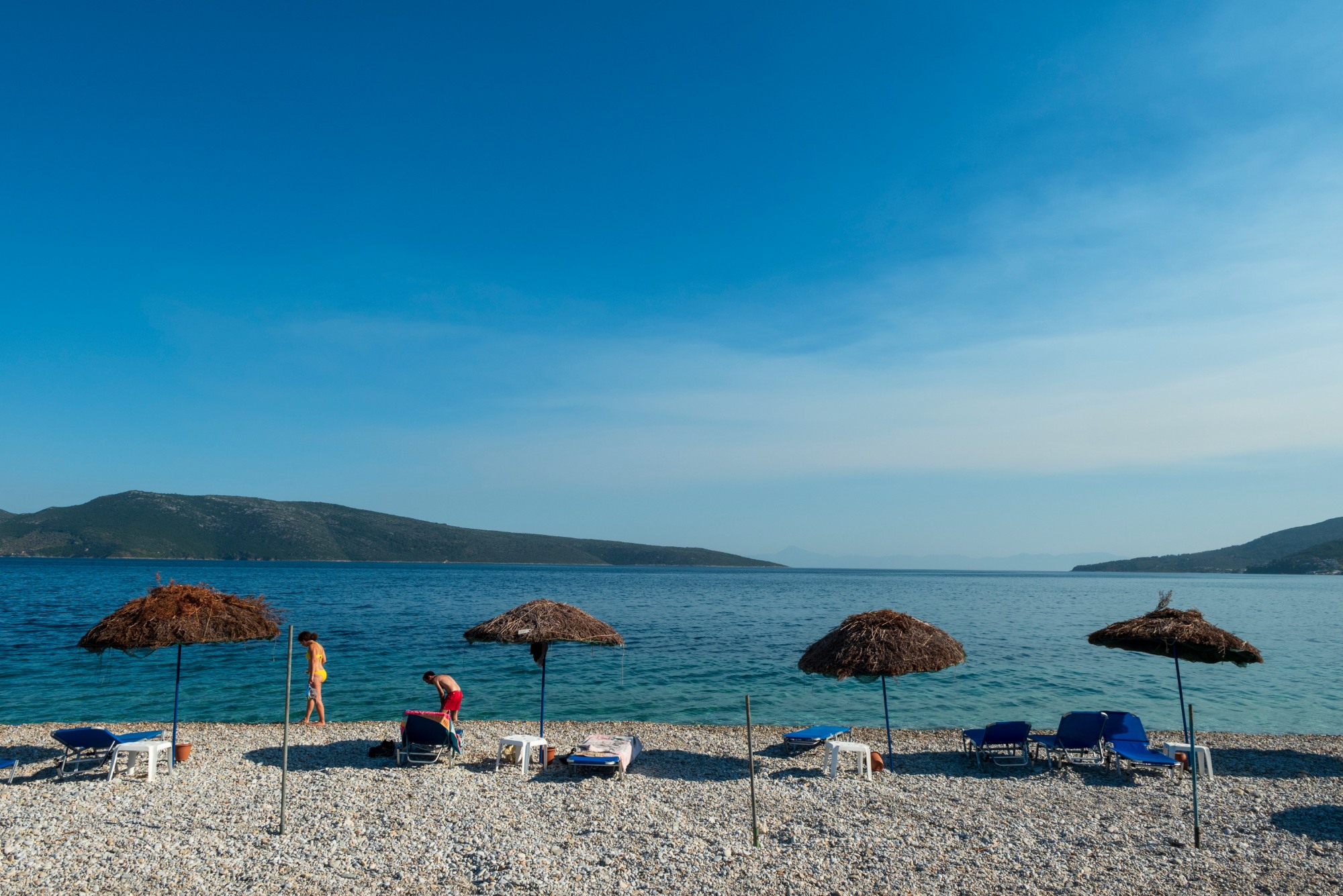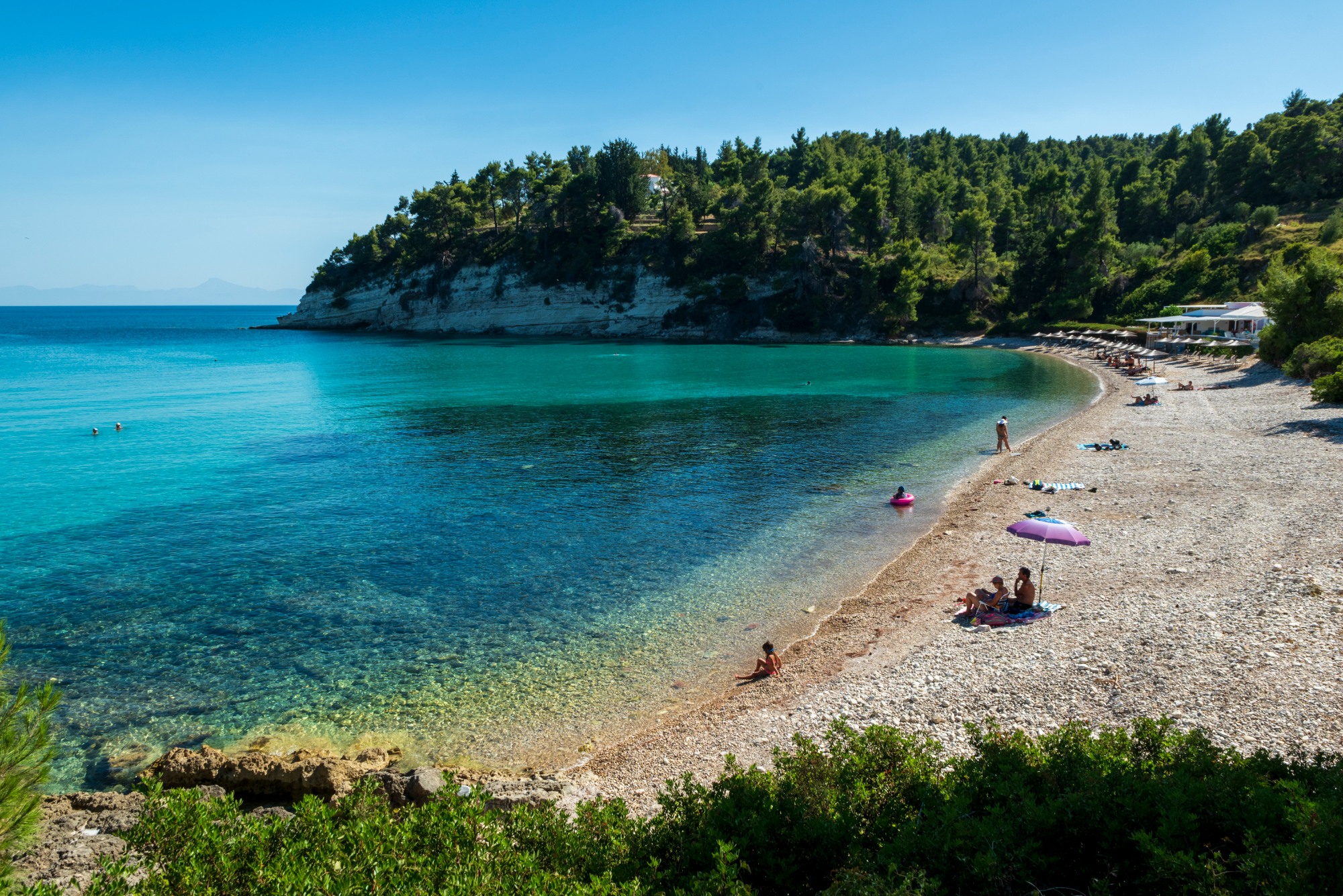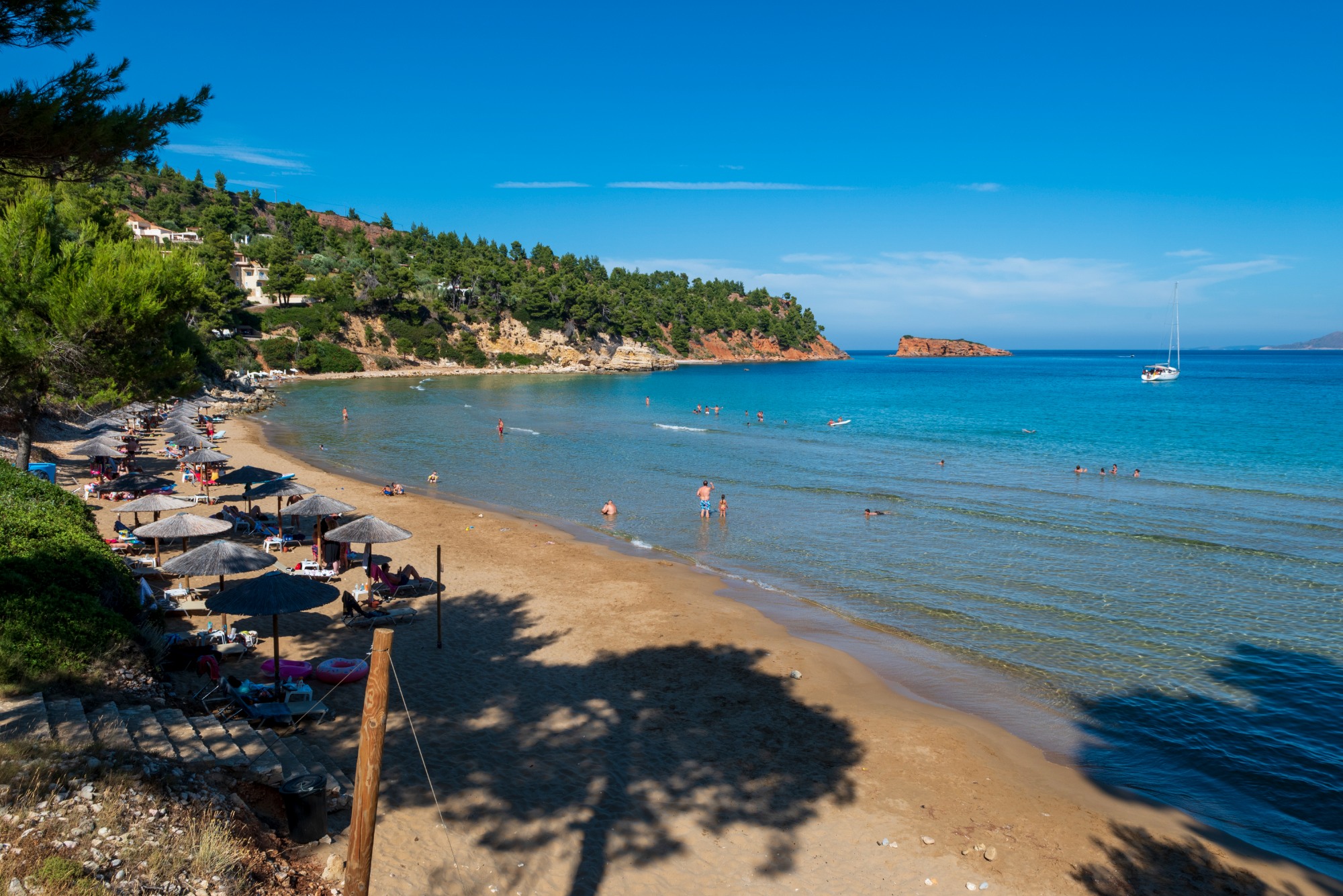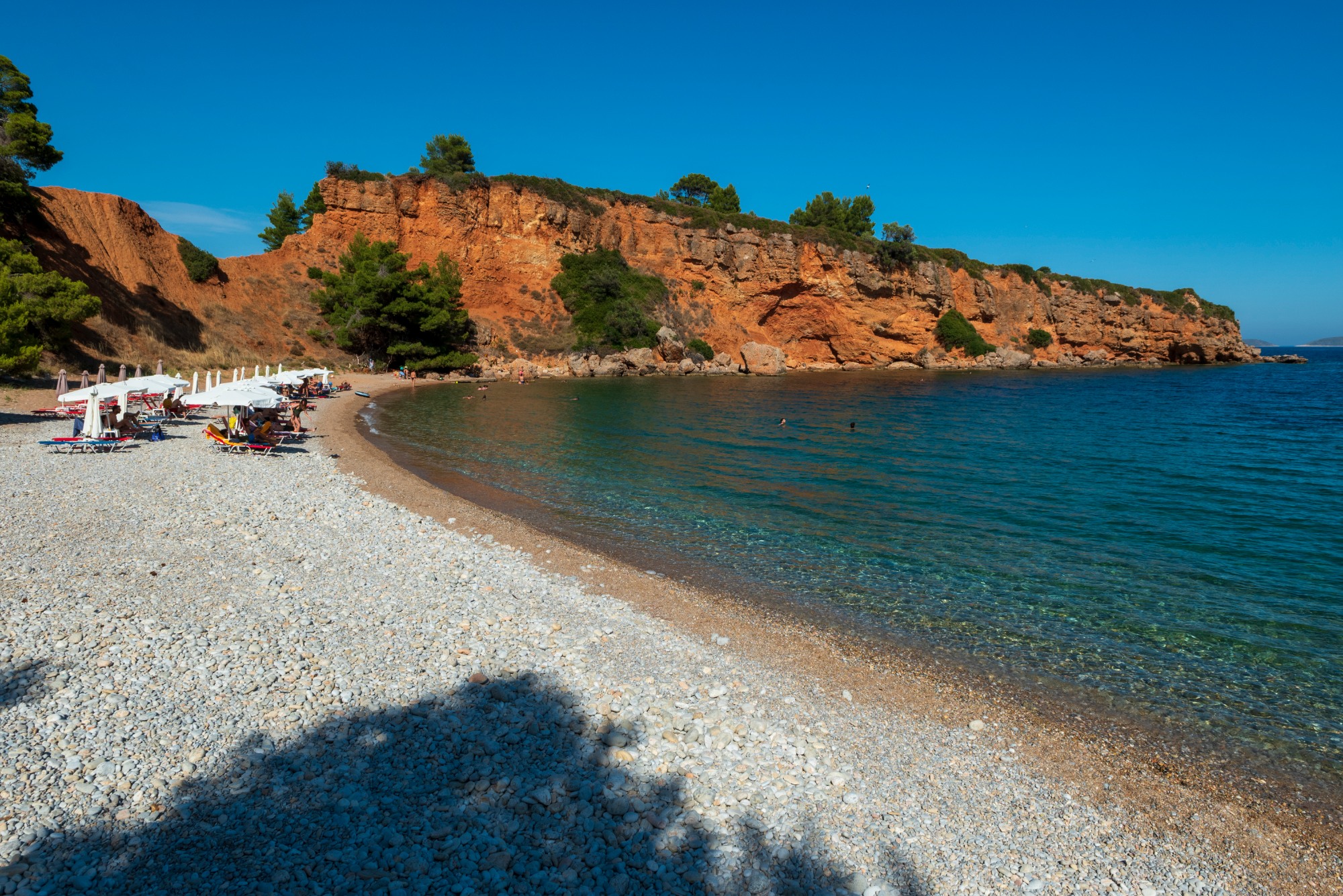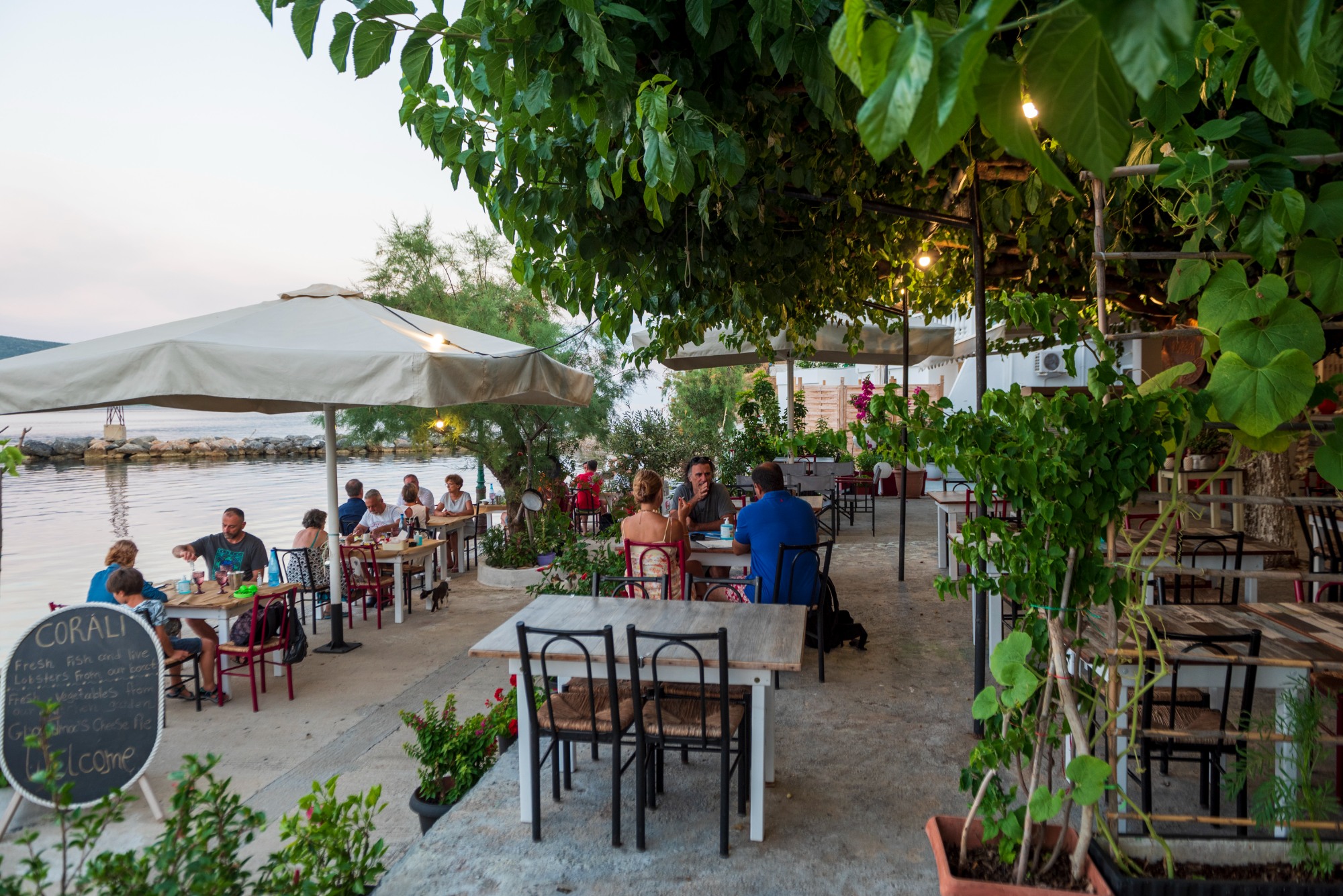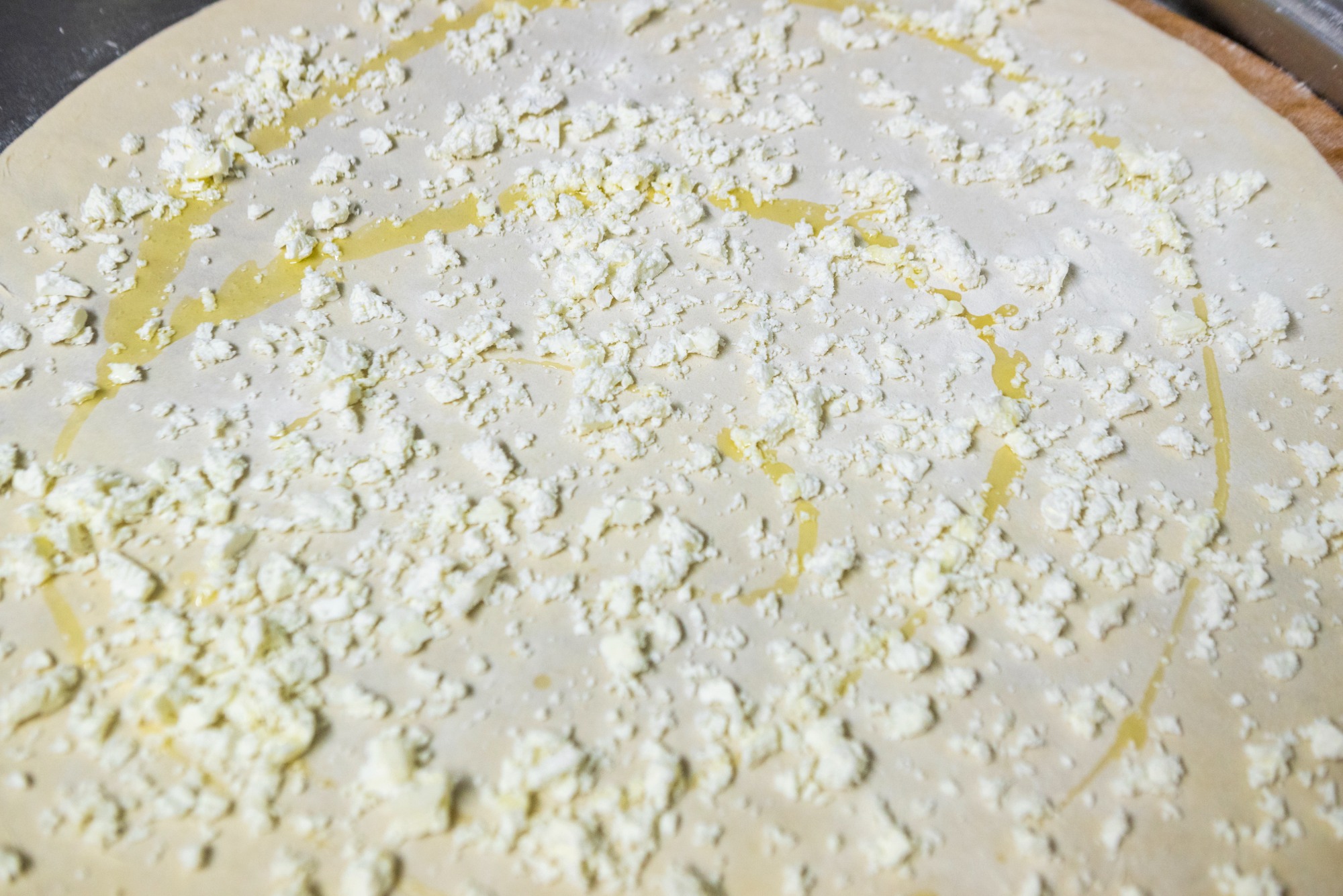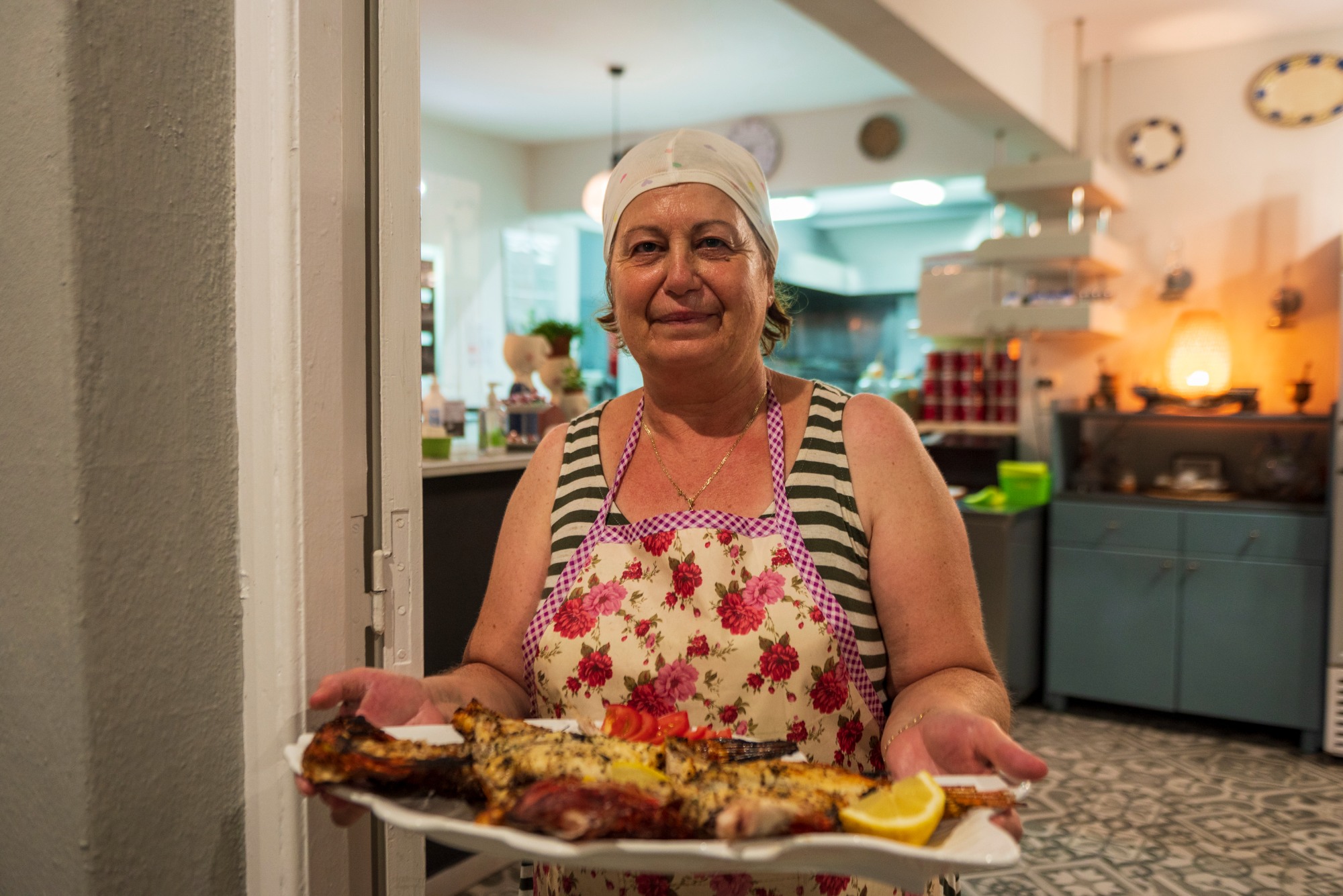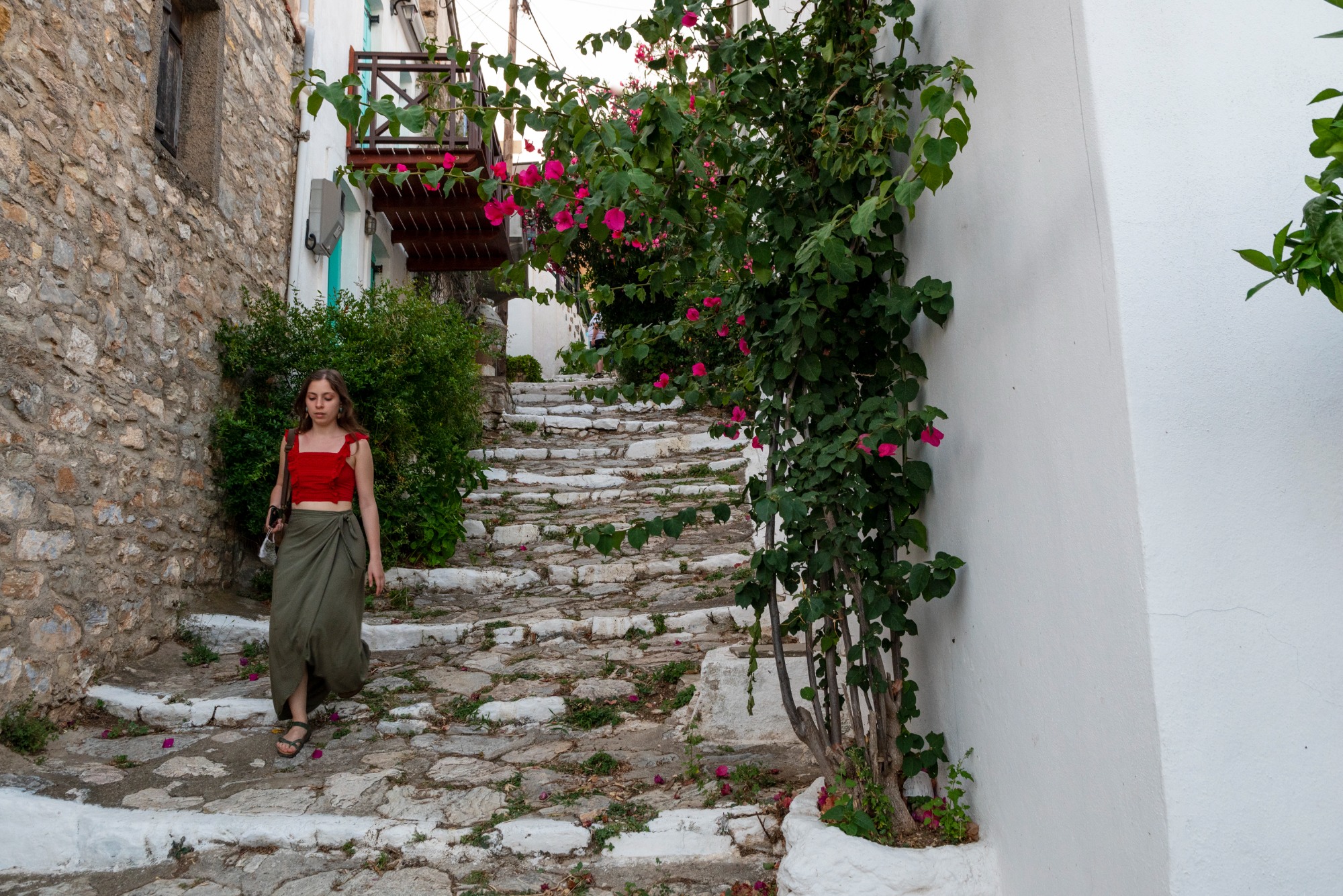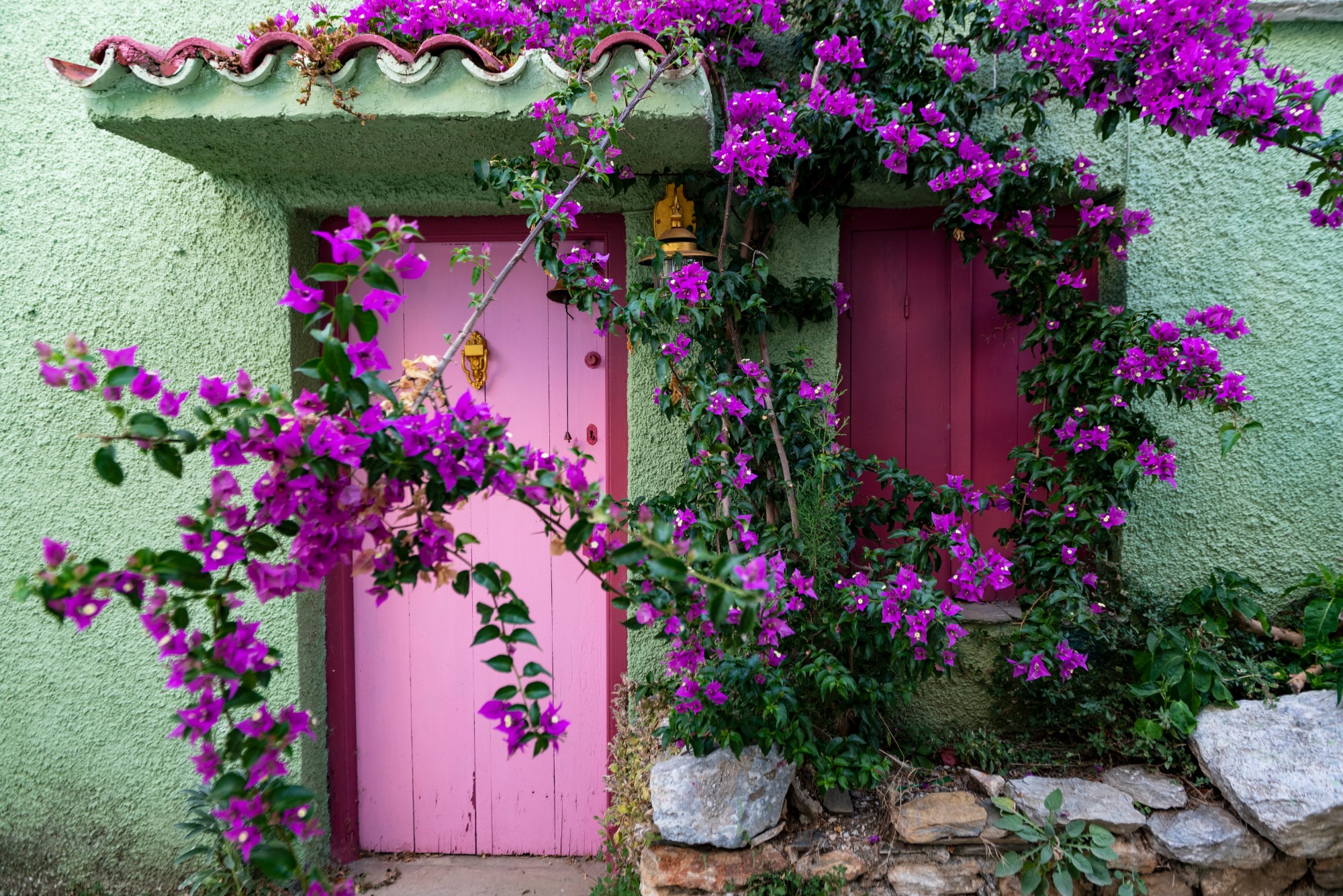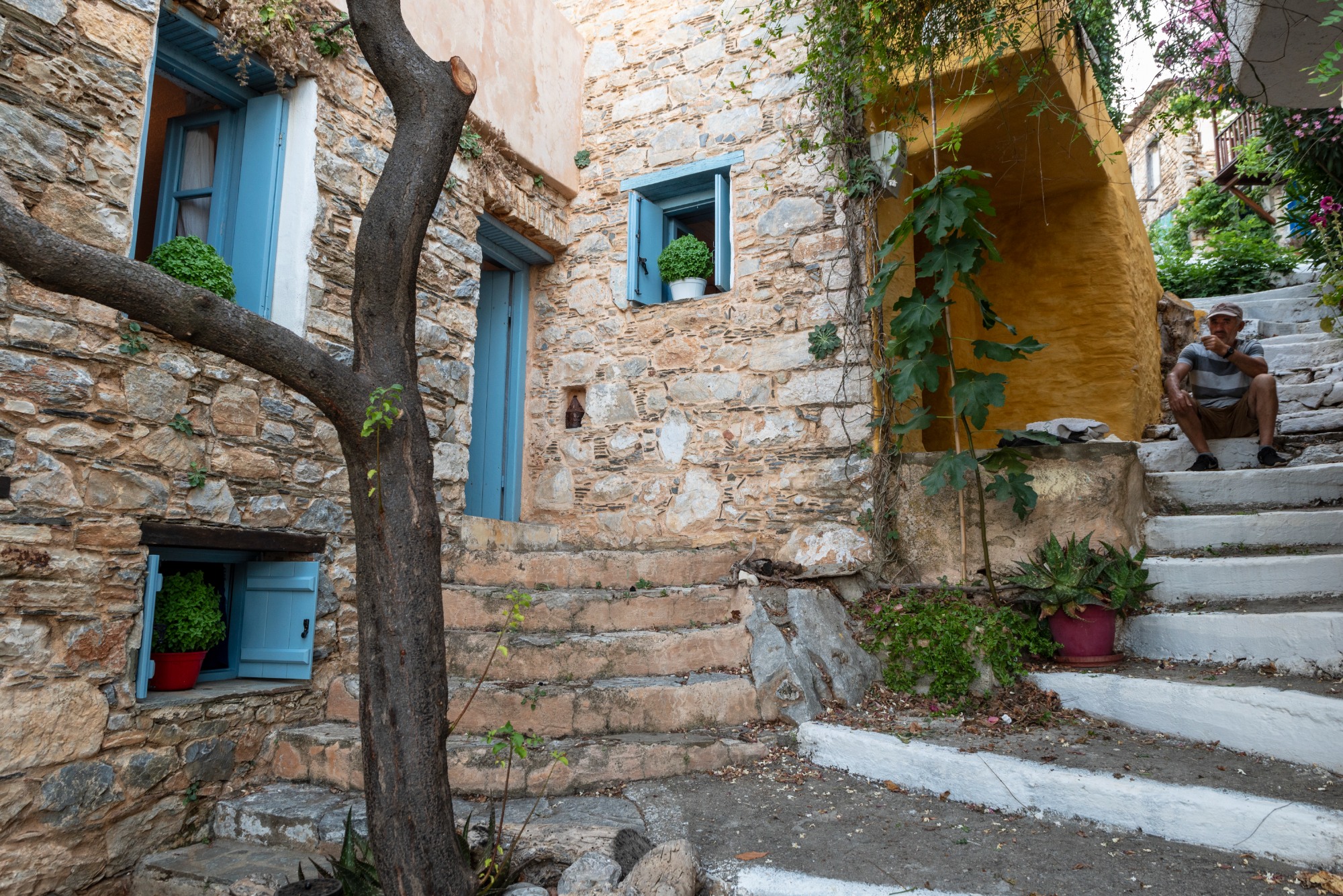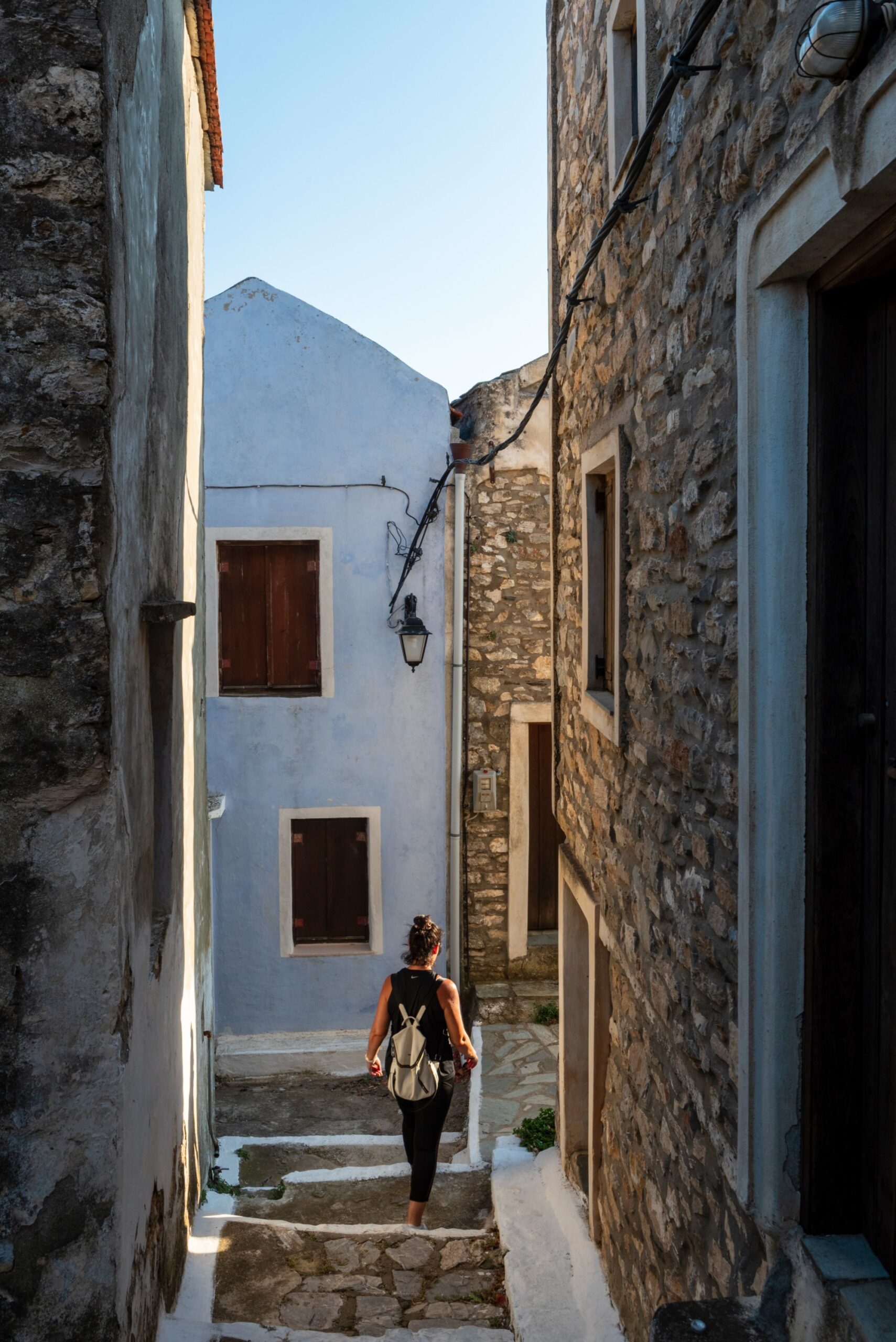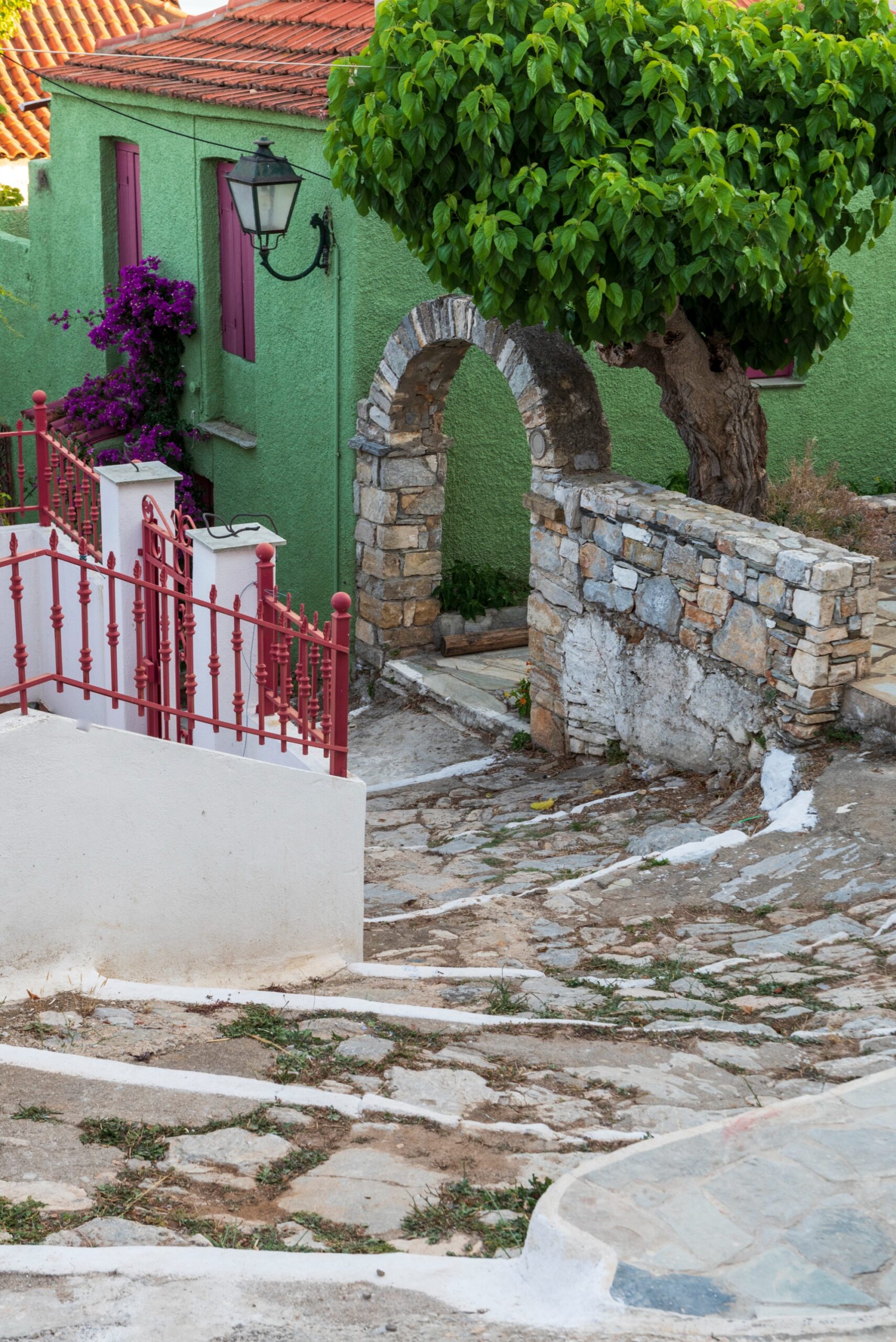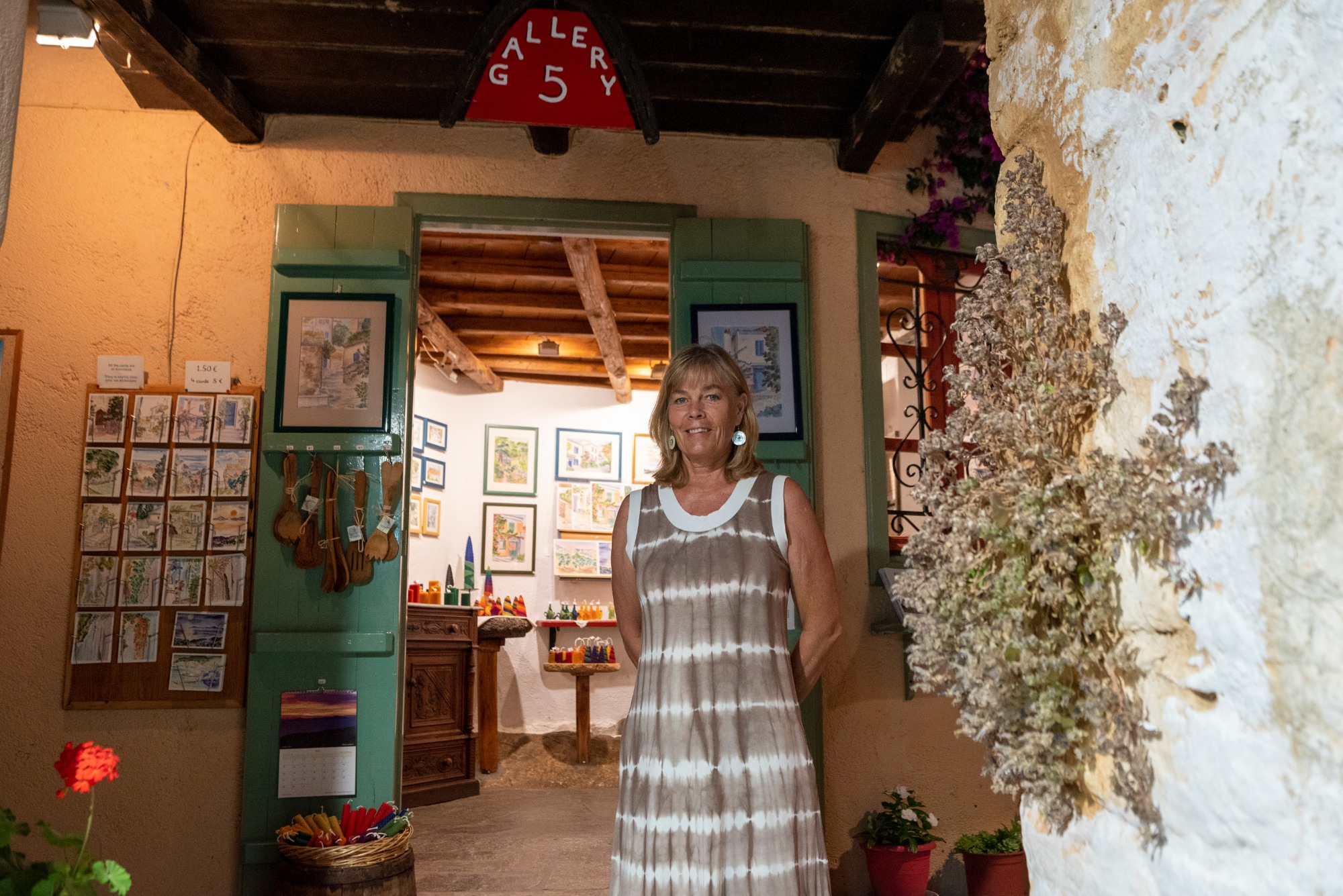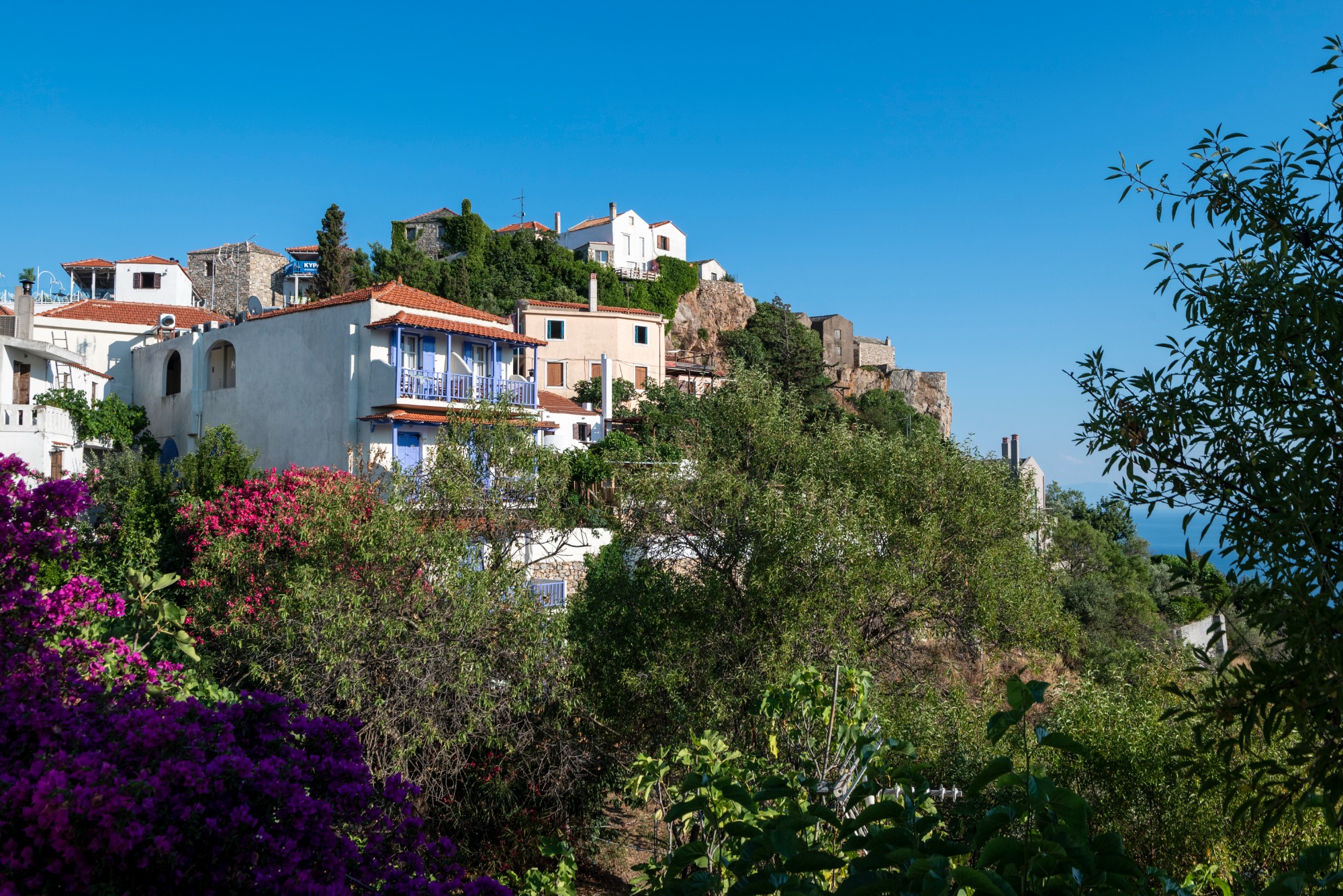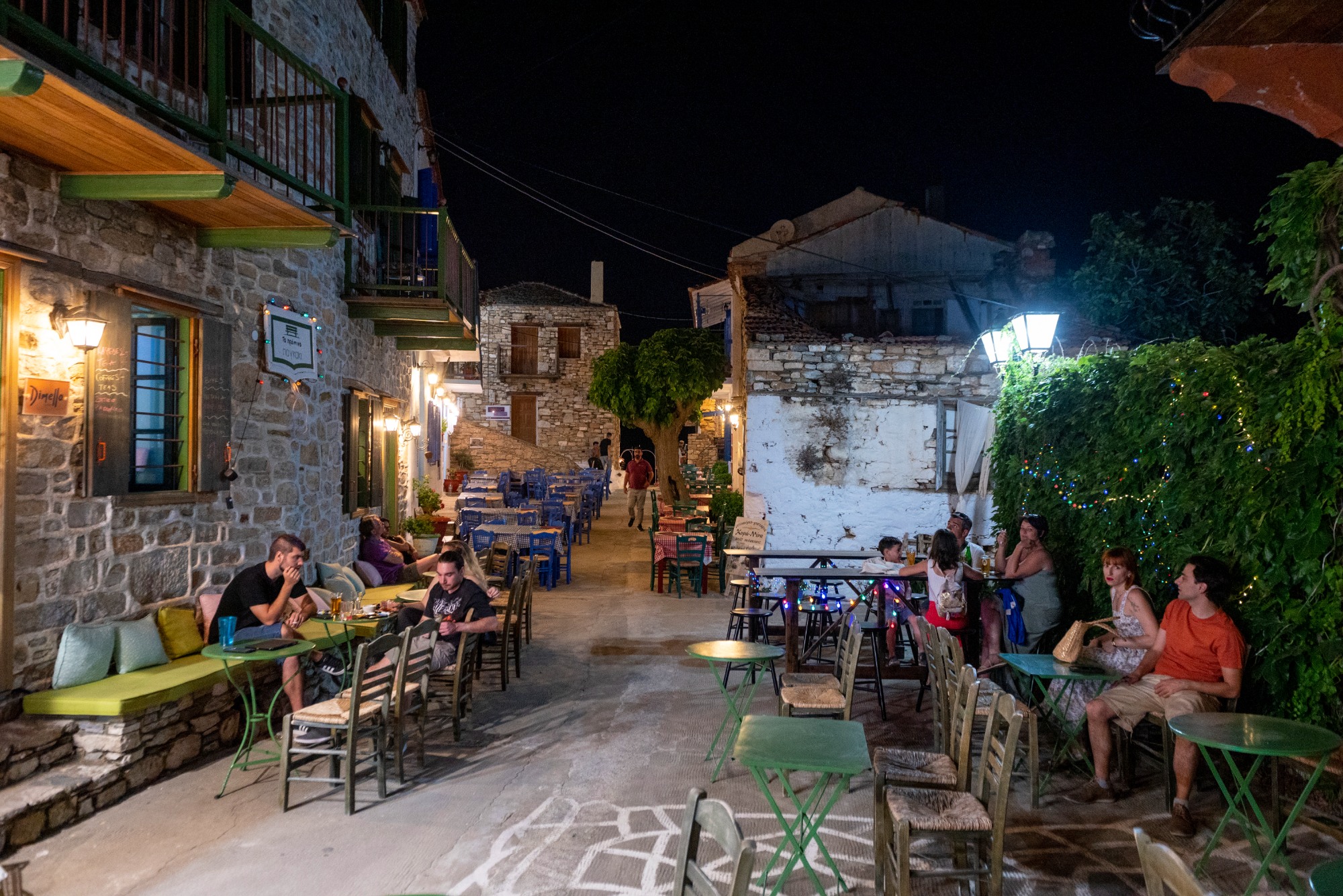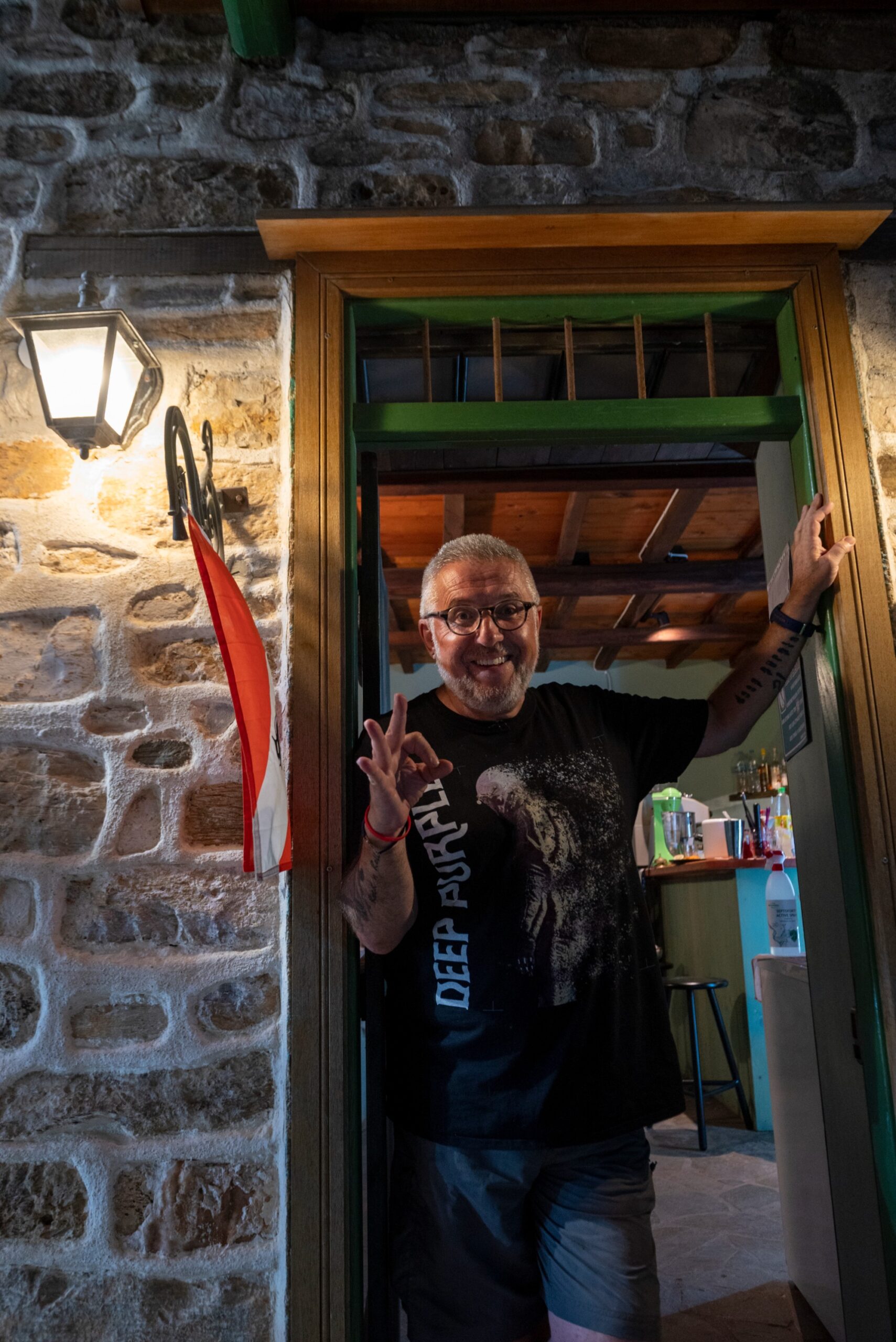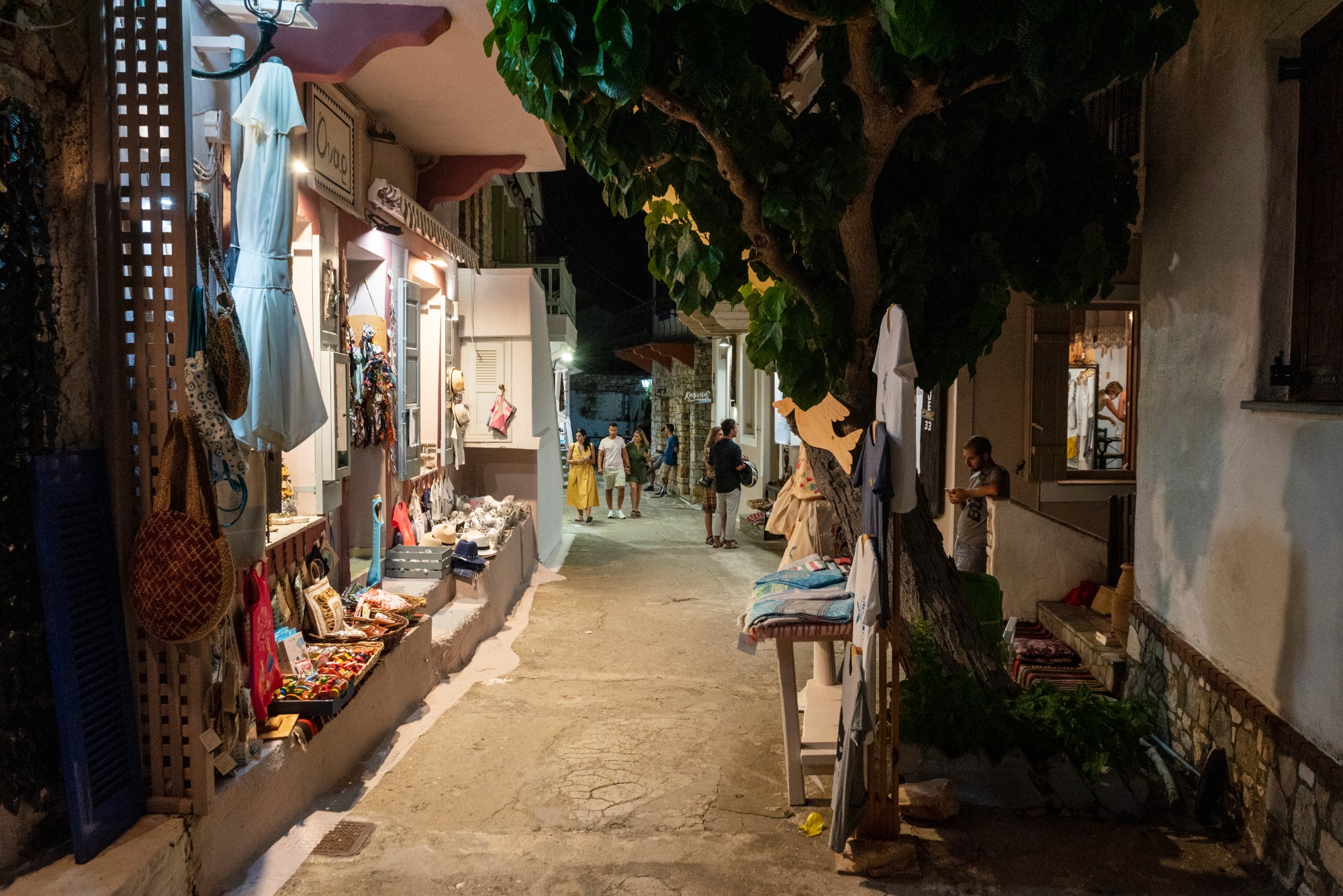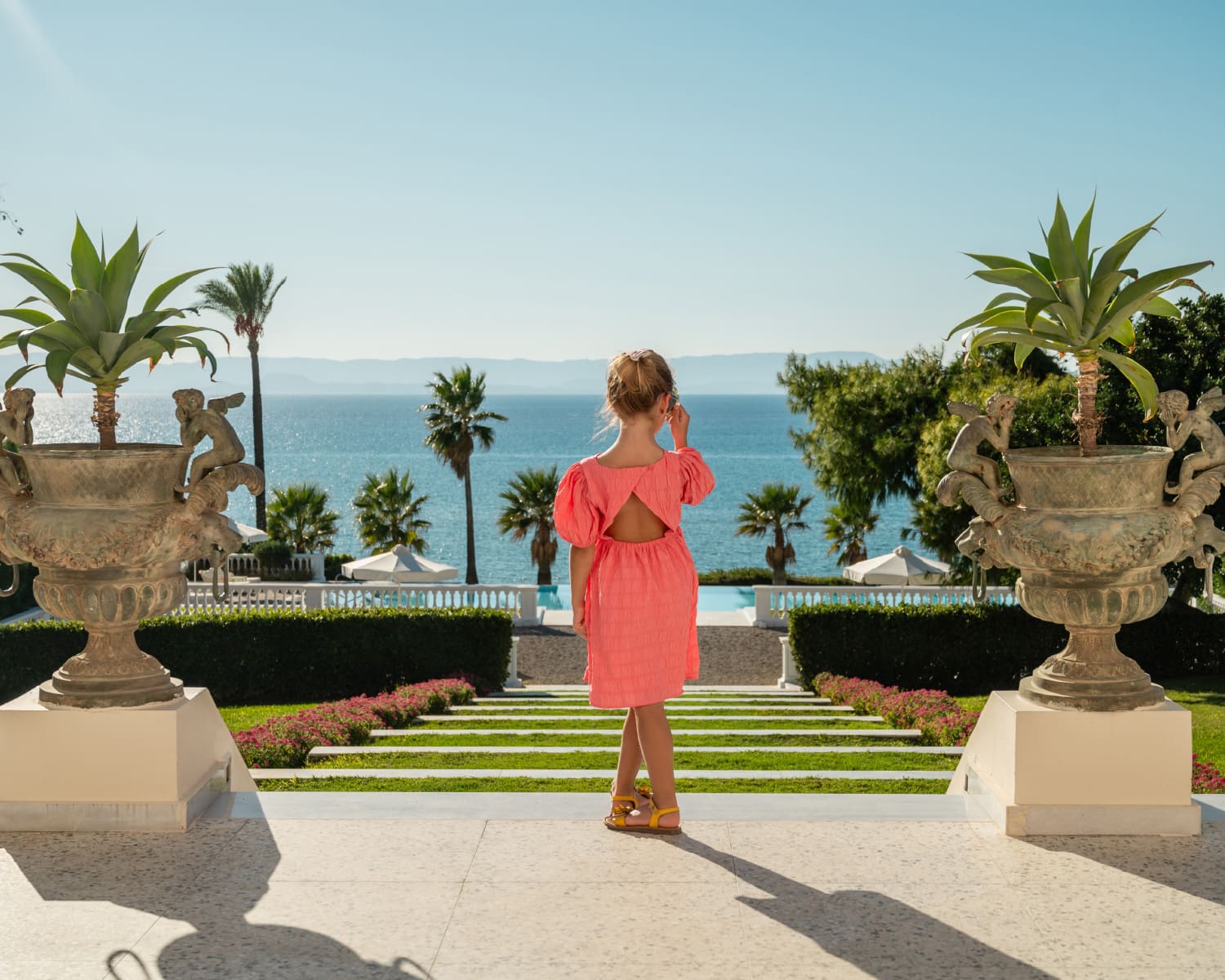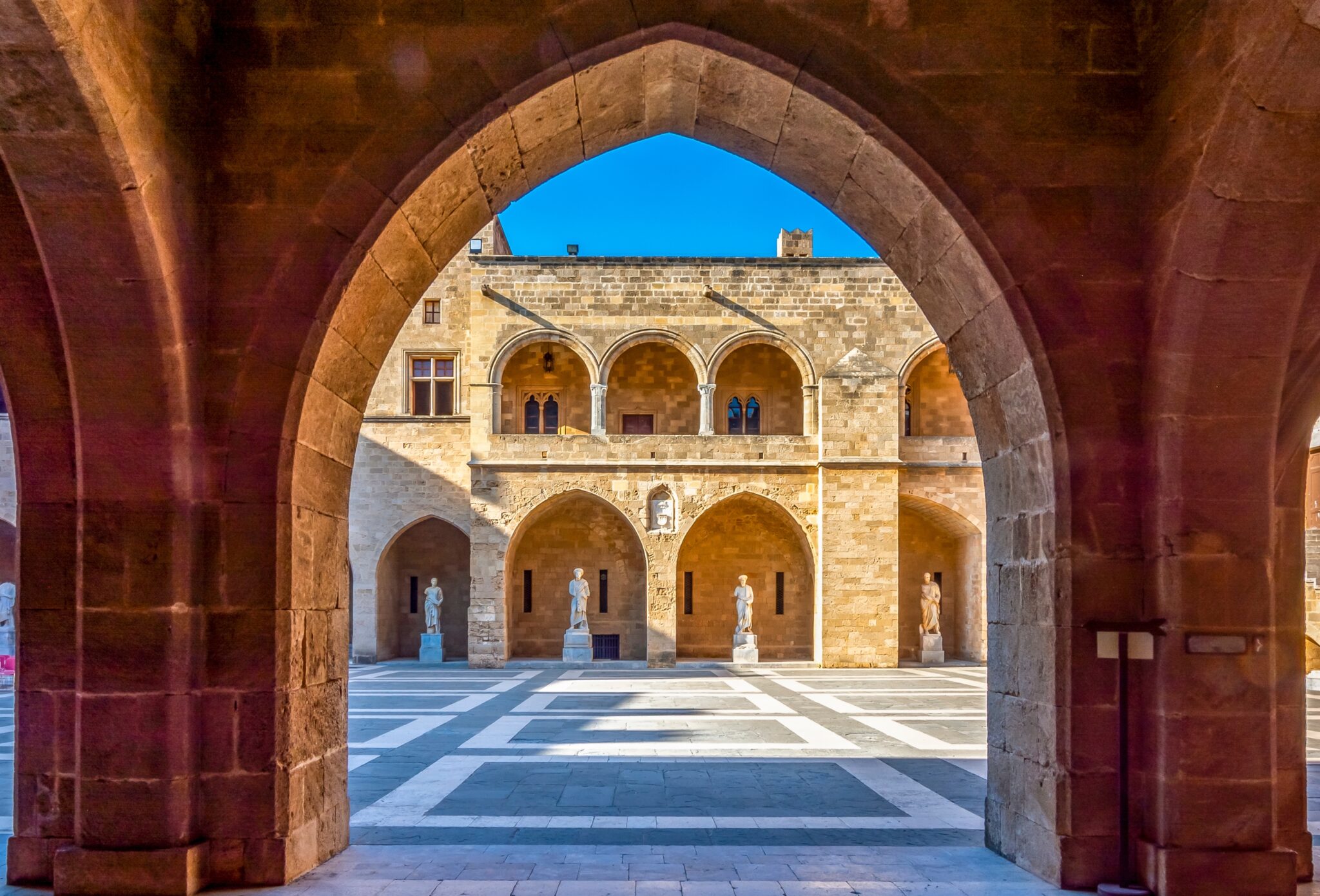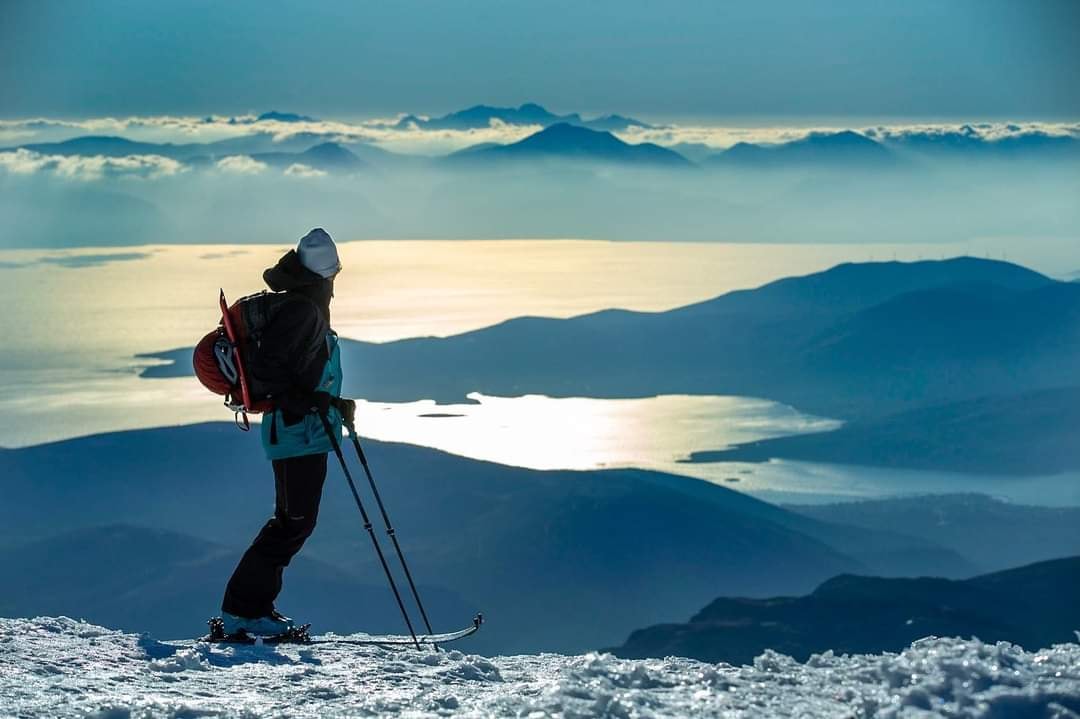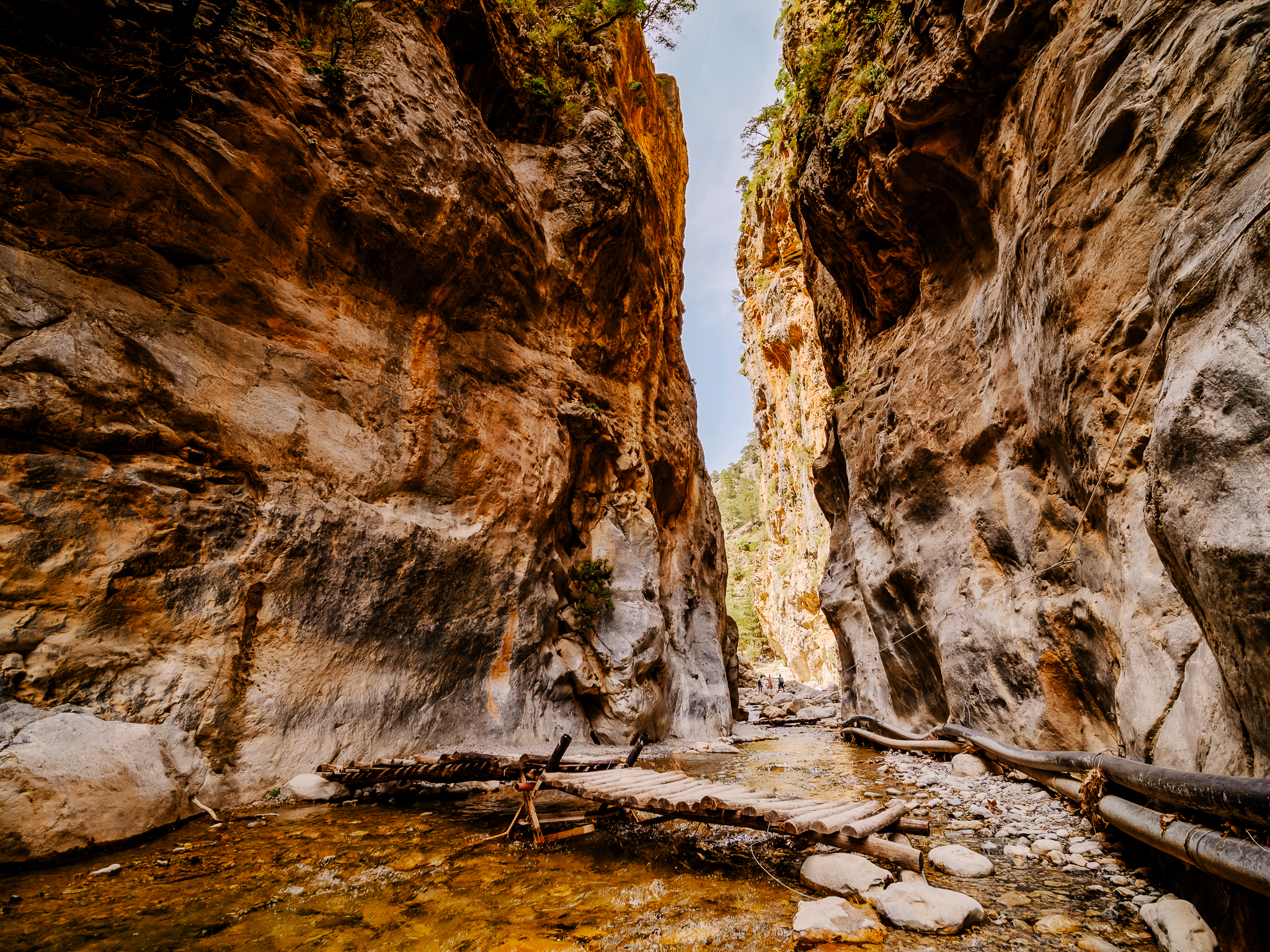An extensive network of trails leading to impressive beaches, diving in the ancient shipwreck of Peristera –the first underwater museum in Greece- value-for-money food and accommodation; all of the above render this ecological paradise in the North Sporades an ideal destination for every season.
Alonnisos is intimately intertwined with the National Marine Park of Alonnisos and Northern Sporades –the largest in Europe, covering an area of 2,200 square kilometres- which is the island’s main tourist attraction. In their great majority, visitors to the island are characterised by their environmental sensibility and ecological thinking; they are nature lovers and seek harmony and meaning in their holidays.
The northernmost and second largest island of Sporades (64.5 square kilometres with a coastline of about 67 kilometres) is characterized by its dense pine forest in the southwest, a wide choice of stunning beaches and the most beautiful Hora –the main town on the island- within the island complex. In a major travel feature in September, “Telegraph” included Alonnisos among the top 10 “hidden” Greek holiday destinations.
Publications such as this one, at the moment, present a particular dynamic, as they contribute to the extension of the island’s tourist season. Considering that autumn is, along with spring, the best season for hiking and that there is an extensive network of signposted paths totalling about 40 kilometres on the island, which pass through stunning locations, usually ending up on a quiet beach, we conclude that the port will continue to welcome tourists for some time to come. So this season, let’s discover this “hidden” treasure that goes by the name of Alonnisos.
The evolution of the island’s name over the centuries is remarkably interesting. To the Ancient Greeks Alonnisos was known as Icus or Ikos (Ancient Greek: Ἴκος), while during the Middle Ages the island was known as Liadromia or Hiliodromia. In 1838, by decree of the Bavarian King Otto, the island was renamed Alonnisos. Perhaps the first record with this name (Alonnisos – Halonnesus) appears on a map of 1540, by Nikolaos Sofianos, a scholar from Corfu.
Finds from the Palaeolithic era were found on the neighbouring island of Kyra Panagia, which is why it is believed today that ancient Alonnisos was located there. On present-day Alonnisos the oldest settlement dates back to the Neolithic era and is located in Kokkinokastro, where one can enjoy swimming on the homonymous beach.
In any case, the Alonnisos channel was an ancient sea passage where, according to the sources, many ships often wandered, namely, Jason’s famous Argo –on its way to Colchis- as well as the ships of the Achaeans bound for Troy. Thus the name Hiliodromia which in Greek means “thousand roads”.
Meandering around the port
The port is called Patitiri (Greek word for the art of grape stomping) and this name is linked with the large amount of wine produced on the island since antiquity, and in no way refers to the first impression one gets upon arrival. Unfortunately, after the 1965 earthquake, the picturesque seaside settlement was turned into an ugly urban marina. However, this island is so endowed by nature that the beautiful beach that forms on the left side of the harbour, as the ship approaches, softens impressions and serves as an aesthetic counterbalance. The pine trees look like they are about to dive into the crystal-clear emerald sea that matches the white pebbles so well. Fifteen or so boys playing non-stop in the water, spreading their joy all around was a sight to behold upon our arrival on the island.
Walking around the pier after a while, I was thinking that the boats that tour the National Marine Park of Alonnisos and Northern Sporades offer travellers one of the best experiences one can have in Greece. Having had the good fortune of this experience in the past, I recall the sensation of travelling by boat, the silence that prevailed in this vast marine protected area and suddenly three or four dolphins giving a magical show in the waves, in an encounter that is not at all a given, and therefore extraordinary. Just when you think you are in the middle of nowhere, the boat docks at the pier of the island of Kyra Panagia. You go up the path and in 20 minutes you see the monastery of the Nativity of the Virgin Mary, which has been standing here since the 17th century. Father Haritos will welcome you with delicious treats and lots of stories, lost in the depths of the century. Apart from Kyra Panagia, six other uninhabited islands, Peristera, Psathoura, Piperi, Skatzoura, Gioura and 22 islets will greet the boat, enriching your tour. As for the dives you’ll take in these waters, you’ll probably remember them forever.
This year, the Information Centre of MoM, the Greek environmental organisation for the study and protection of the Mediterranean seal, which created the Care Centre in Alonnisos in 1990, was relocated to the harbour. In addition to the very interesting insights you will get, you will be introduced to the world of the marine park and the Monachus Monachus seal, in a very stylish exhibition area.
Since 2001, the only Museum of Piracy in Greece has been operating in Patitiri (Opening hours: 11:00-19:00, +30 24240 66250). A passionate diver, Kostas Mavrikis, had been collecting various objects from the wrecks of ships looted by pirates in the area and decided, after consultation with the competent authorities, to house his dream in a three-storey building of his own. The geomorphology of the area with its many islands, caves and enclosed bays was an ideal base of operations for pirates. Chests, cannons, old maps, a series of various objects and impressive information material take us back some 400 years, offering visitors the opportunity to grasp not only the pirate history of Alonnisos, but of the entire Aegean Sea. The exhibition is interspersed, among other things, with various relics, objects of everyday use, traditional costumes of Alonnisos, as well as coins, weapons and swords from the Greek Revolution of 1821.
Just above the port, “Ikos”, the Women’s Agrotourism Cooperative of Alonnisos, is the best place to taste local delicacies made with pure ingredients. Every morning they serve delicious, freshly-baked traditional pies. To put the record straight, it must be said that the twisted cheese pie that has been established as a traditional delicacy of Skopelos actually originates from Alonnisos. Aromatic spoon sweets (traditional sweet preserves) and mouth-watering, traditional Greek pan desserts, skaltsounia (walnut-filled, crescent-shaped pastries), jam, as well as the famous white tuna alalunga from Alonnisos are sure-fire products to take with you before you leave.
Driving in nature, from south to north
A short distance away, just 2.5 km northeast of Patitiri, stands Hora, from where the main road of the island starts, to end after 23 km in its northernmost part, at the anchorage of Gerakas. There is not a single settlement along the road. They are all on the eastern side, where most of the island’s magnificent beaches are located. The ride is very enjoyable as the alternation between green and blue sets the tone. The southern part is dominated by pine forests, which gradually recede as we approach the north, where the vegetation is shrubby with lots of heathers and arbutus trees. Olive trees and sea vistas are a permanent companion. Approaching Gerakas, more and more proud raptors tear across the sky. We must have counted over ten pairs of hawks within fifteen minutes. We got out of the car to enjoy the moment, in perfect silence. More than 100 bird species have been recorded on the island with the most important being the Audouin’s Gull, the black-headed gull, the Bonelli’s eagle, the crested serpent-eagle, the shag and many others, which either spend the winter here or pass through on their migration routes. A little later we arrived at the small port of Gerakas. The small pebbly beach is the only protected anchorage for boats in the eye of the north wind.
The enchanting beaches of Alonnisos
Sandy, pebbly, sharply sloped or accessible only by boat, all of the island’s beaches boast crystal clear turquoise waters. Most of them are located on the southern and eastern part of Alonnisos. It’s a tough choice, but in the end you’ll find your favourite one. Here are some indicative suggestions from our visit:
Agios Dimitrios: With its hallmark tip jutting into the sea, forming two beautiful shingle coves with lush shrubs and pine trees, this is perhaps the most iconic beach of Alonnisos. Agios Dimitrios beach is serviced, but there is also plenty of room for all of those who wish to simply lay out their beach towels on the pebbles.
Milia: A stunning beach that takes your breath away from the moment you set eyes on it; lush pine trees bending over gleaming white pebbles that stretch down to the seabed, beaming through the crystal clear veil of the sea. Milia is not serviced. Yet, at one end, there is a quiet café restaurant offering umbrella and sunbed rentals.
Chrisi Milia: One of the few sandy beaches on the island, with shallow waters, Chrisi Milia is ideal for young children, therefore a favourite destination for families –yet, not only, as there are many sand lovers out there. The beach is serviced, featuring umbrella and sunbed rentals all along its length, as well as a few adjacent cafés.
Kokkinokastro: The vertical red rock mass that stands on the left side of the beach does not go unnoticed. A small paradise with pristine waters, olive and pine trees, just opposite the islet of Vrahos, where archaeologist Dimitris Theocharis brought to light for the first time (1969-1970) relics dating from the Middle Neolithic period (5.000-4.000 BC).
Fresh fish and seafood in Kalamakia
Located right in the middle of the eastern side of Alonnisos, the coastal settlement of Kalamakia is the ultimate destination for all fresh fish and seafood lovers, locals and visitors alike. Moored fishing boats on one side and charming fish taverns on the other, setting up their tables on the dock. We sat at “Corali”. By the sea, the silence and the colours of the sunset create bubbling bliss. The bliss became greater when ouzo, along with some seafood delicacies, arrived. Stamatis Anagnostou, the tavern’s owner, who goes fishing with the trawler “Agios Elias”, told us: “In the past, I used to go fishing up to Ai-Stratis. Our area is a fishing paradise. You choose your fishing spot, depending on the fish you want to catch. I mainly fish for lobsters, scorpion fish and red mullets”. We, however, tried a forkbeard, a thick fish with amazing taste, perfectly cooked by Mrs Mahi Anagnostou. And because she did not want us to leave unsatisfied –as we had not tried during our stay on the island, the famous, twisted cheese pie- she made one on the spot and, of course, we will be forever grateful for her kind gesture.
The most beautiful Hora of the Sporades
Born out of necessity, Palio Horio or simply Horio, as locals call it, was built high up to avoid piracy. The story is known throughout the Aegean. It is known that these medieval settlements were designed from the beginning so that the joined houses would create a wall of protection from invaders. Wherever the settlement was not protected by steep cliffs, a heavy stone wall was built, hence the characteristics of a castle town. From 1735 onwards, houses began to be built outside the walls. Narrow cobbled streets, benches, geraniums, bougainvilleas and mulberry trees, all add their own touch to the most architecturally well-preserved Hora of the Sporades. Detached and two-storey houses, some with tiles or slabs from Pelion, painted lilac, ochre or white most of them, claim in turn our admiration. Going up the main alley, the church of Christ captures our eyes. Built in the 17th century, it is a single-aisled basilica with a dome and the erosion of time gives it a value so special that it instantly freezes everything. It withstood, among other things, the devastating earthquake of 1965, which caused great damage to most of the buildings. The fact that their owners sold them to foreigners turned out to be a fortunate coincidence. Why? -Simply because the new owners reconstructed them with respect to tradition, preserving the architectural identity of the whole settlement.
Today, several foreigners, mainly from Northern Europe, have integrated into the local community, live permanently in Hora and are active and useful members of the community. I was delighted to meet again, Bente Keller from Denmark, in the same picturesque alley. It seems like yesterday I was walking through the small entrance of Gallery 5 fourteen years ago. As then, so today she was painting inspired by the beauty of the island. “You know, I still like the same things that made me come to the decision and settle here permanently. How can you stop loving this light, these colours, this nature? Over time, besides painting, I learned to make candles, became a yoga teacher and of course we continue to organize hikes every Saturday on our wonderful trails. If you stay, join us the day after tomorrow, when we’ll walk an amazing route to the northwest. This time of year the weather is perfect for walking and swimming”. Bente was right; in fall, hiking and swimming on the island is among the best experiences. Besides, having lived on her beloved island since 1995 and having walked every inch of it, Bente wrote the book “Alonnisos on foot; a walking and swimming guide”.
The one and only Underwater Museum in Greece
We promised to follow another time, as we’d the next day, but at least we still had some time to take a virtual dive at the Alonnisos Underwater Museum Information Centre a few blocks away. With our friend and photographer George Detsis, we put on our special virtual reality masks and immersed ourselves in the aquatic world of the shipwreck of Peristera, dating between 425 and 420 BC. Below us, at a depth of 25 metres, thousands of amphorae were spread out and fish were swimming around us in the deep blue water, while we followed a diver. The huge merchant ship either caught fire or fell in bad weather and, thus, loaded with 3,000 amphorae filled with the famous wines of Mendi (ancient city of Halkidiki) and Peparithos (today’s Skopelos), sank. The wreck was discovered in 1985 by the charismatic diver Kostas Mavrikis –founder of the Pirates’ Museum as mentioned above- and after 35 years, it became the first Underwater Museum in Greece, which apart from the virtual tour, offers also a live one to divers who can admire it with the accompaniment and guidance of certified diving instructors.
It is important to mention that a visitor who has no previous experience, but wants to dive, can attend courses in one of the schools on Alonnisos and within 2-3 days get the necessary Advanced level certification, which will allow them to dive in the magical world of the wreck.
“Although the opening of the Submarine Diving Museum took place in 2020, the restrictions due to Covid-19 did not contribute to its smooth operation”, says Deputy Mayor Dimitris Skianis, and continues, “This summer, more than 2,000 people visited our Information Centre, a number that shows us its potential, which is why next year it will be open to the public for more hours, while at the same time we will focus on promoting it, along with the ancient shipwreck of Peristera, to a wider European public. Every visitor should be able to enjoy this unique experience”.
Dinner at “Thea” and drinks at “Green Bench”
Our choice to dine at “Thea” seemed ideal, facing the simple and elegant decoration of an environment, which fully justifies the name of the restaurant. As it turned out, apart from the Aegean horizon, patrons here also enjoy the imaginative gastronomic delights of chef Konstantinos Fretzios. The pork tenderloin with Mavrodaphne wine sauce and sweet potato puree is a very good choice, as well as the tuna linguini. Foreign patrons rightly show a preference for moussaka, which is fresh from the oven. As the owner of “Thea” Mrs Eleni Ioannou told us, “Since the opening of the restaurant in 2017, we have been trying to offer our customers value for money Greek creative cuisine. We embrace progress. After all, gastronomy is in itself an endless journey”.
We went to meet some friends at the “Green Bench” bar, a bit further down the main street of Alonnisos. As we were talking, deeply affected by our virtual tour of the wreck, suddenly a voice from nowhere began to recount relevant facts. The narrator /waiter/ bar owner looked familiar. You see, Stathis Panagiotopoulos, apart from being a radio producer and a TV personality of satirical shows, is also a certified diver. “Time to order now, as tomorrow morning I have to dive with a group of five in Peristera. Or you can close up and give me the day’s takings tomorrow,” he says with a laugh, only to return very quickly with our drinks. He was airy, teasing everyone and telling jokes, of course, without having drunk a single drop of alcohol while we were sitting there. Tomorrow’s dive you see. The time here is spent pleasantly with rock music and people-watching. The dozens of concert tickets on the wall are the bar’s highlight. And even though the Pink Floyd concert took place in the distant 1989, at the Olympic Stadium in Athens, it only seems like yesterday. We send you a ticket, like a letter to the “Green bench”, with love and nostalgia from Alonnisos. Shine on you crazy diamond.
